American literature cannot be captured in a simple definition. It reflects the many religious, historical, and cultural traditions of the American people, one of the world’s most varied populations. It includes poetry, fiction, drama, and other kinds of writing by authors in what is now the United States. It also includes unwritten material, such as the oral literature of Native Americans and folk tales and legends. In addition, American literature includes accounts of America written by immigrants and visitors from other countries, as well as works by American writers who spent some or all of their lives abroad.
This article discusses the literature of what is now the United States. For information on the literature of Canada and Latin America, see the articles Canadian literature and Latin American literature.
Beginnings of American literature
American literature begins with the legends, myths, and poetry of Native American peoples. Native Americans were the first people to live in what is now the United States. Native American legends include stories about the origin of the world, tribal histories, and tales of heroes. With rare exceptions, this oral literature was not written down until the 1800’s.
The earliest writing in America consisted of the journals and reports of European explorers and missionaries. These early authors left a rich literature describing their encounters with new lands and new civilizations. They publicized their adventures, described the New World, and tried to attract settlers in works that sometimes mixed facts with propaganda.
Colonial literature (1608-1764)
Colonists from England and other European countries began settling along the eastern coast of North America in the early 1600’s. They created the first American colonial literature. The colonies in Virginia and New England produced the most important writings in the 1600’s. In the 1700’s, Philadelphia emerged as the literary center of the American Colonies.
Virginia.
Captain John Smith wrote one of the first American books in English, A True Relation of … Virginia (1608). It describes how he and other colonists established the first permanent English settlement in America at Jamestown, Virginia, in 1607. Smith told a version of the famous story of Pocahontas in The Generall Historie of Virginia, New England, and the Summer Isles (1624). The story claims that Pocahontas, the daughter of Powhatan, a Native American leader, saved Smith’s life when her father was about to have him killed. 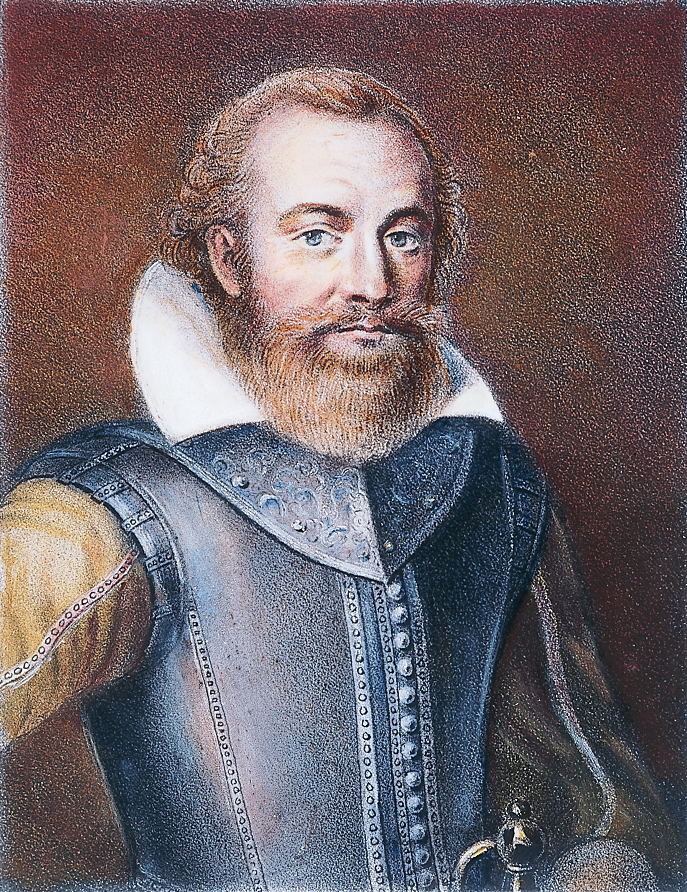
In The History and Present State of Virginia (1705), historian Robert Beverley wrote about the tragic destruction of Native Americans in Virginia. To Beverley, Native Americans represented possibilities for happiness, innocence, harmony, and freedom. William Byrd II, a Virginia planter, told about a 1728 surveying expedition in The History of the Dividing Line (published in 1841). The “line” divides the orderly society of Virginia from the less polished settlers of North Carolina.
New England.
In 1620, the Pilgrims founded Plymouth Colony. It was the second permanent English settlement in America. Many Pilgrims belonged to a group of English Protestants called Puritans. The Puritans were followers of the religious reformer John Calvin. The Puritans faced persecution in England. They came to America mainly to seek refuge where they could practice their religion. The Puritans were an intensely intellectual people. Soon after arriving, they began founding schools and colleges and writing and printing books. They wrote histories, sermons and other religious writings, and poetry.
Histories.
The Puritans recorded their own history out of a desire to communicate with fellow believers in England. They also wanted to attract new colonists and to justify their bold move to a new country. In their histories, the Puritans portrayed their successes as evidence of God’s favor and their hardships as signs of God’s disapproval.
William Bradford, the second governor of Plymouth Colony, told the story of the colony in Of Plimoth Plantation. It was written between 1630 and 1651 and published in 1856 as History of Plymouth Plantation.
Cotton Mather was the greatest of the Puritan historians. He wrote about 450 works on many subjects, including a defense of the witchcraft trials of the 1690’s in Salem, Massachusetts. But he poured his heart into Magnalia Christi Americana (1702), a religious history of New England that upholds traditional Puritan beliefs.
Religious writings.
The Puritans based their religion on constant study of the Bible. Sermons began with a passage from the Bible, followed by an analysis of its meaning, and then its application to personal and community life. The greatest Puritan preacher and theologian was Jonathan Edwards. He wrote learned essays reformulating traditional Calvinist doctrines, but also defending them. Edwards’s famous sermon “Sinners in the Hands of an Angry God” (1741) emphasizes the distance between an all-powerful God and helpless human beings. The sermon expressed the values of the Great Awakening, a religious movement that encouraged American Christians to take their faith more seriously.
Poetry.
Although life as a settler was hard, Anne Bradstreet found time to write beautiful and philosophical poems. Her work was printed in London as The Tenth Muse (1650), the first volume of American poetry ever published. The resulting publicity encouraged Bradstreet to experiment with meter, imagery, structure, and theme. A revised second edition of her poetry appeared in 1678, after her death. It includes the critically acclaimed “Contemplations,” a nature poem on the brief length of human life. Loading the player...
The Author to Her Book by Anne Bradstreet
Edward Taylor, a clergyman, composed a series of meditative poems on Scripture readings. He intended the poems to prepare his mind to preach and to celebrate Communion. His verse followed the learned style of the English metaphysical poets of the 1600’s. Like them, he mingled everyday words and incidents with Biblical language and complex metaphors. Taylor’s poems were not discovered until the 1930’s.
Philadelphia
was the largest city in the American Colonies by 1710. It replaced Virginia and New England as the cultural center of the emerging nation.
During the 1700’s, a greater number of people learned to read, and a growing press served new literary tastes. Literature addressed such interests as politics and science. The essay, satire, and novel became important literary forms.
The publisher, statesman, and scientist Benjamin Franklin helped make Philadelphia a center of intellectual life. His Autobiography tells the story of how he ran away from Boston to Philadelphia at the age of 17. His rise from “rags to riches” through hard work and self-improvement became a model for American success. Franklin’s writings emphasized practical intelligence and material success, balanced by charity and public service. His worldliness differed greatly from the earnest spirituality of the Puritans. Franklin’s witty and often satiric proverbs made Poor Richard’s Almanac one of his most popular publications. It was published for each year from 1733 to 1758.
The revolutionary period (1765-1787)
During the 1760’s, a movement to end British rule in the American Colonies began to gain strength. The United States became an independent nation by winning the American Revolution (1775-1783). Much of the literature of this period addressed issues relating to American independence.
Thomas Paine, a poor and largely self-taught Englishman, immigrated to Philadelphia in 1774. He soon became famous for his fiery essays in support of the American patriots. His pamphlet Common Sense (1776) called for complete independence from the United Kingdom. In a series of pamphlets called The American Crisis (1776-1783), he encouraged the rebels to persist during the darkest days of the revolution.
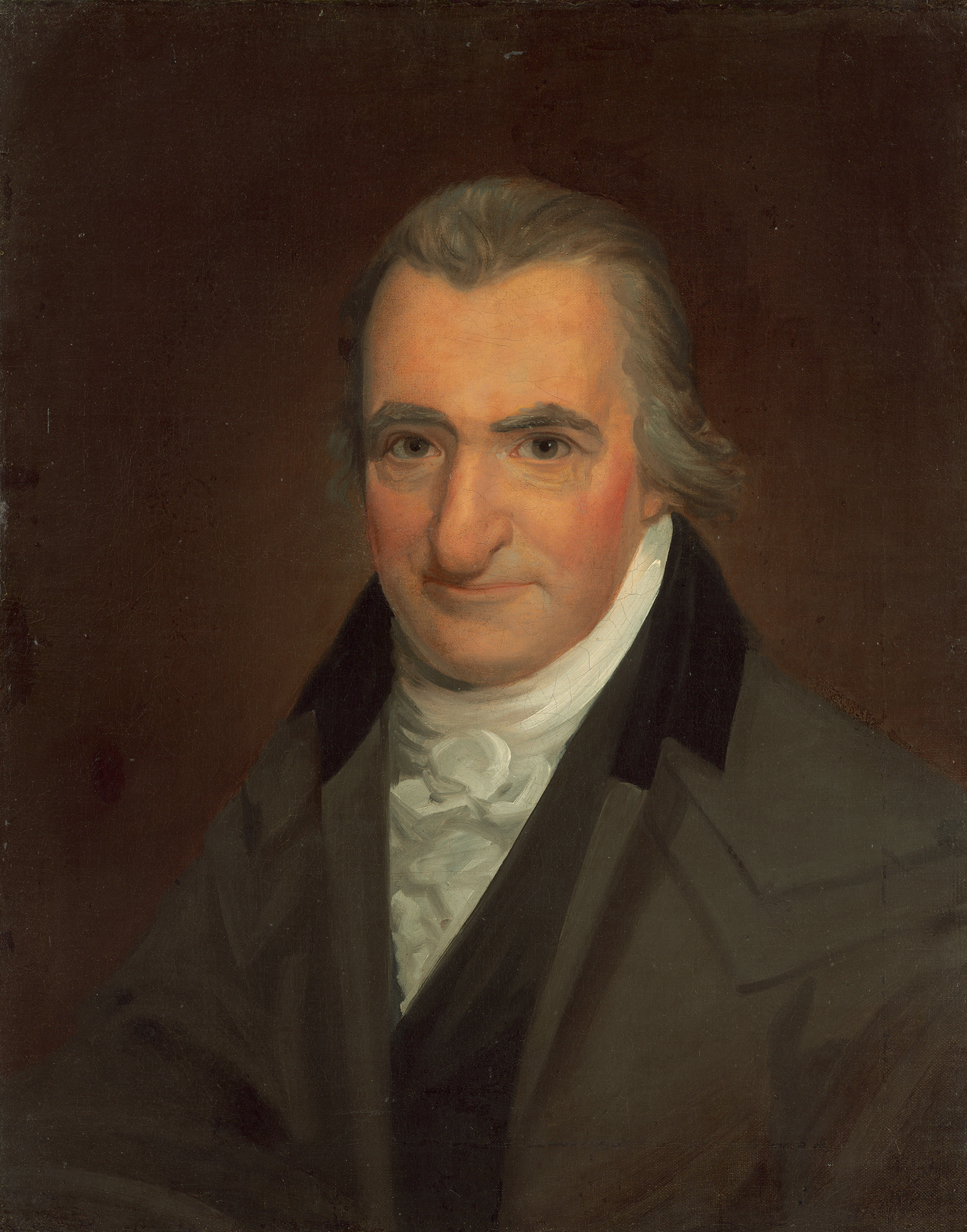
The French-born essayist Michel-Guillaume Jean de Crèvecoeur, also an immigrant to America, helped the colonists think of themselves as Americans rather than Europeans. One of the letters in his Letters from an American Farmer (1782) begins with the question “What is an American?” Crèvcoeur saw America as a new land where individuals could throw off old prejudices, suffocating social customs, and tyrannical government. Yet he also showed the harsh reality of slavery.
Like many writers of the 1700’s, Franklin, Paine, and Crèvecoeur wrote in dignified, but plain and clear, prose. This style reached its peak in the ringing eloquence of the Declaration of Independence written by Thomas Jefferson. The same type of writing appears in the sober language of the Constitution of the United States. Alexander Hamilton, James Madison, and John Jay used this clear style in The Federalist (1787-1788), a series of public letters that persuaded New Yorkers to ratify the Constitution.
Literature of a young nation (1788-1830)
In the early years of United States independence, many American writers still patterned their writing after Europe’s latest literary styles and forms. Gradually, however, American literature began to reflect American experiences.
The most successful American writer of the early 1800’s was Washington Irving. He rose to fame with humorous and satiric writing about New York City and its past. These writings appeared in the magazine Salmagundi (1807-1808) and in a book, A History of New York from the Beginning of the World to the End of the Dutch Dynasty (1809). The book is also called Knickerbocker’s History of New York because Irving wrote it under the name Diedrich Knickerbocker. In The Sketch Book of Geoffrey Crayon, Gent. (1819-1820), Irving combined the styles of the essay and the sketch to create the first short stories in American literature. The book includes “Rip Van Winkle” and “The Legend of Sleepy Hollow,” two of Irving’s most famous tales. In “Rip Van Winkle,” the title character awakens from a 20-year sleep to find everything changed by the American Revolution. Irving’s doubts about American independence, his hostility toward New England culture, and his desire to maintain cultural ties with England run through all his early writing.
The poet William Cullen Bryant adapted the style of English Romantic poetry to describe the American landscape and to find moral significance in its beauty. Such poems as “Thanatopsis” (1817), “To a Waterfowl” (1818), and “To the Fringed Gentian” (1832) reflect Bryant’s admiration of nature.
The Era of Expansion (1831-1870)
During the mid-1800’s, the United States gained control of Texas, California, Oregon, and other Western lands. By the 1850’s, the nation stretched from coast to coast. Americans moved westward by the thousands. Native American groups who occupied many of these areas were forced to surrender their homelands and to resettle on reservations. During this period, many American writers glorified the frontier or praised the beauty of nature. Much American literature reflected the optimism of a rapidly growing nation. But other American literature focused on the country’s problems, including slavery. In 1861, the American Civil War broke out between the North and South chiefly over this issue. The North won the war in 1865, and slavery was soon outlawed throughout the United States.
Two main forms of fiction were practiced by American writers in the mid-1800’s: (1) the sentimental novel and (2) the romance. Other important literary forms included nonfiction prose and poetry.
The sentimental novel
had been developed by the English author Samuel Richardson in the mid-1700’s. It became immensely popular in the United States in the mid-1800’s. This type of novel emphasized feelings and such values as religious faith, moral virtue, and family closeness. Its stress on traditional values appealed to many people during a period of rapid social and political change.
The sentimental novel also urged reform. It became the means for rousing concern about the plight of enslaved African Americans, poor people, and other unfortunate members of society. Harriet Beecher Stowe’s Uncle Tom’s Cabin (serialized in a newspaper in 1851 and 1852 and published in book form in 1852) is a powerful description of the evils of slavery. It was the best-selling novel of the 1800’s, combining an exciting plot, memorable characters, stirring appeals to the emotions, and humor. Stage adaptations of the book also drew large audiences.
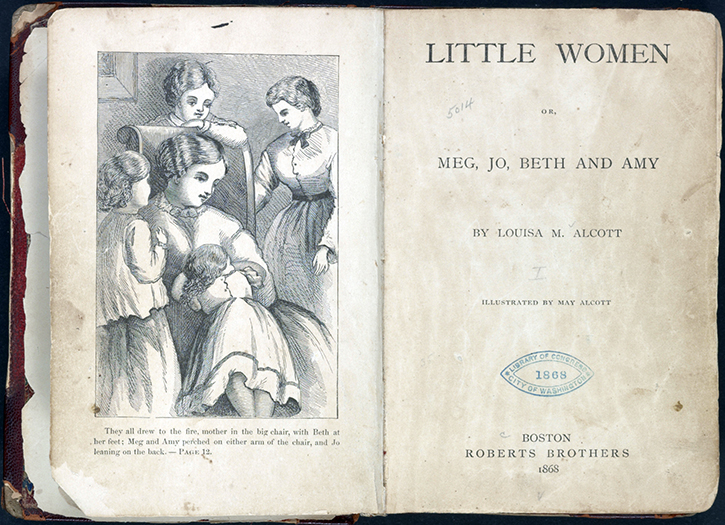
Louisa May Alcott’s novel Little Women (1868-1869) was another best-selling sentimental novel. Based loosely on the author’s own life, it tells the story of four sisters growing up. The story centers on the girls’ home and personal life. Two of the sisters fall in love, while Jo, the heroine, develops a career as a writer. 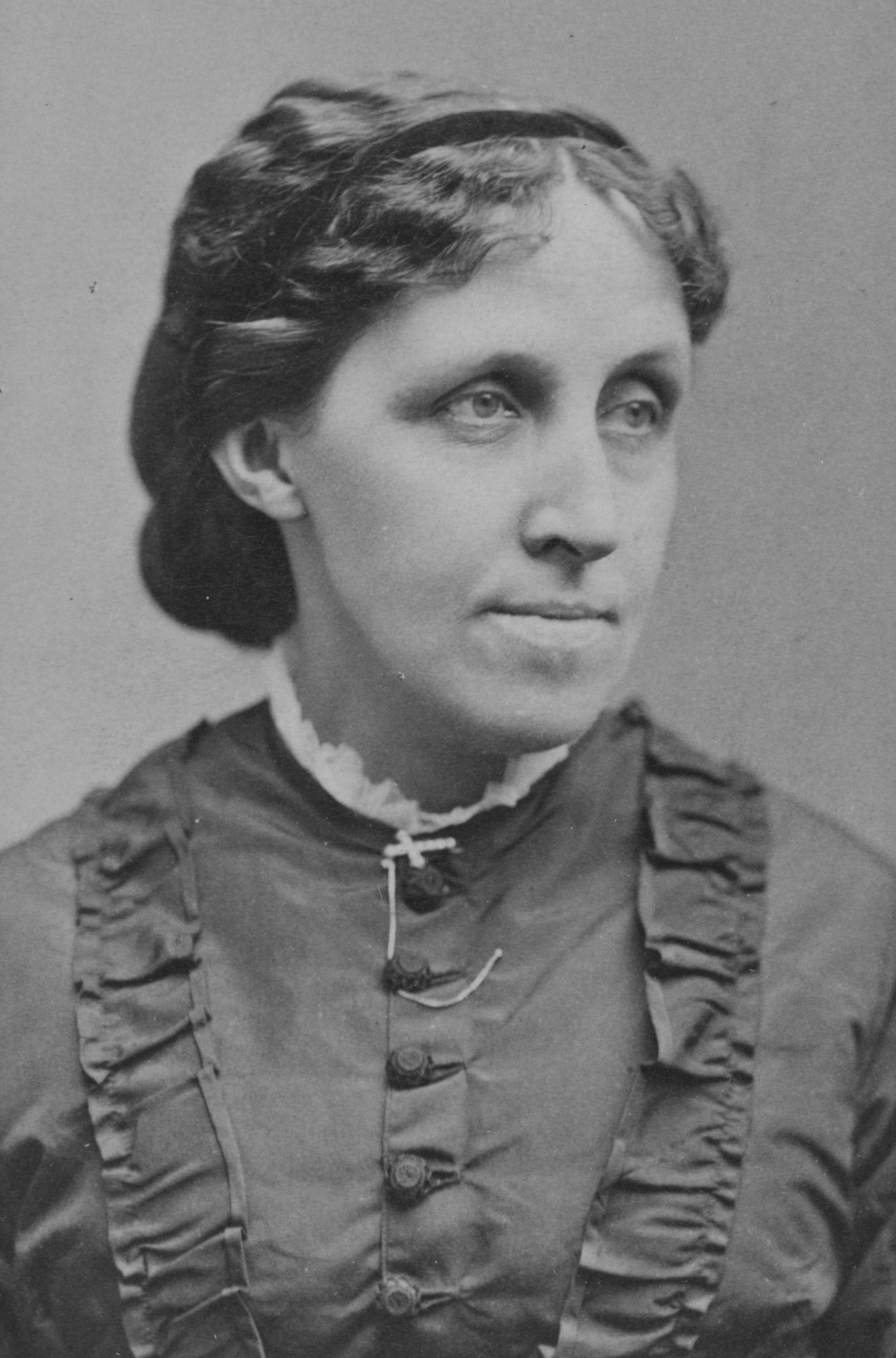
The romance.
Most people use the term novel to refer to any long fictional story in prose. Critics of the 1800’s, however, distinguished a novel from a romance. A romance is a long work of fiction that is less realistic than a novel. Instead of everyday events, a romance describes exciting adventures or strange occurrences. Writers often use the romance to explore dark passions or to examine the problem of evil.
James Fenimore Cooper wrote historical romances that explored the moral uncertainties of Americans’ push westward. In Cooper’s romances, such as The Last of the Mohicans (1826) and The Deerslayer (1841), the beauty and majesty of nature inspire a nearly religious feeling of awe. But civilization intrudes, and settlers turn the wilderness into property that they selfishly or thoughtlessly misuse.
Nathaniel Hawthorne used the romance to study the depths of human nature. Many of his romances show the psychological effects of the Puritan focus on sin and evil. The Scarlet Letter (1850), set in Puritan New England, dramatizes the suffering caused by the concealment of sin. 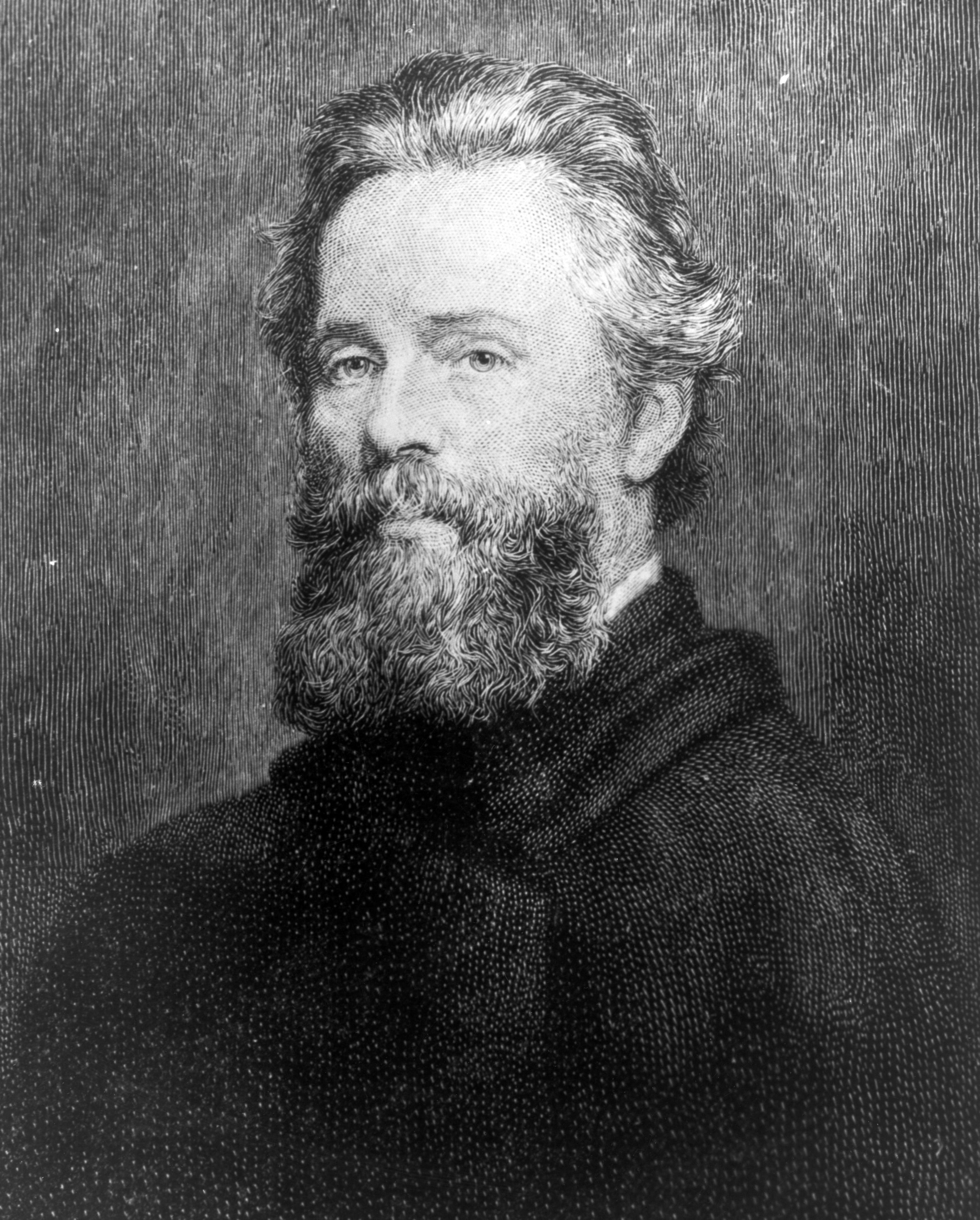
Herman Melville’s Moby-Dick (1851) is one of the greatest American romances. Most of the story is set on a whaling ship. It describes the hunt for Moby Dick, a fierce white whale. Ahab, the ship’s captain, has lost his leg in an earlier encounter with Moby Dick and is determined to kill the whale. Ahab eventually loses his life in the pursuit. On a symbolic level, the book describes one man’s struggle against fate.
A type of romance called the Gothic novel influenced the American poet and short-story writer Edgar Allan Poe. The Gothic novel featured exotic settings and mysterious or supernatural happenings. These novels were called Gothic because they often took place in gloomy medieval castles. Poe adapted these elements in shortened form in the Gothic horror story. He filled his powerful tales with decaying castles, forbidden passions, and guilt-ridden and insane criminals. With “The Murders in the Rue Morgue” (1841), Poe invented the modern detective story. 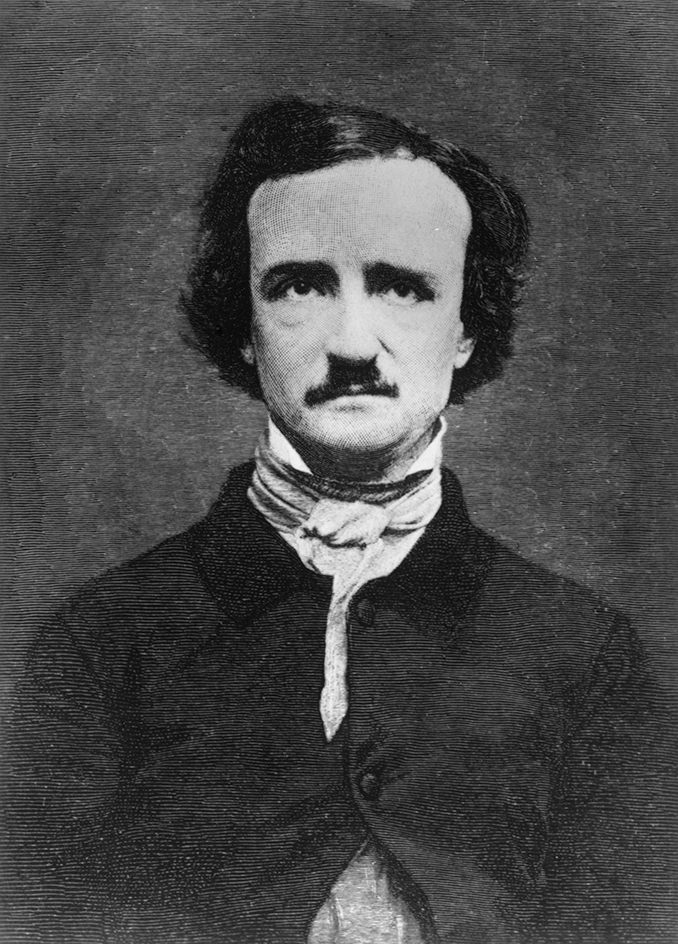
Nonfiction prose.
During the 1830’s and 1840’s, a literary and philosophical movement called Transcendentalism developed in New England. The Transcendentalists believed that God was present in nature. They also believed that human intuition can lead to truth, and so they stressed self-reliance and individuality. The Transcendentalists included Ralph Waldo Emerson; Henry David Thoreau; George Ripley; Margaret Fuller; and Bronson Alcott, Louisa May Alcott’s father.

Emerson caught the mood of Americans at the time, a buoyant optimism and sense that the United States was an exciting new beginning in human history. He urged Americans to be independent thinkers and to study life directly. Emerson declared that individuals had access to the eternal and ideal truths of nature. He therefore urged Americans to trust their own creative instincts and not look to Europe for models.
In Walden (1854), Thoreau described his experiences living close to nature. The book tells how he built a cabin in the woods on the shore of Walden Pond in Massachusetts and lived there alone. He read, entertained visitors, worked the land, and recorded his observations in journals. Thoreau’s style shows his sensitive response to the root meanings, sounds, images, and nuances of words.
In 1838, Frederick Douglass escaped enslavement and fled north. During the early 1840’s, he joined the abolitionists. His fiery attacks on slavery made him a famous speaker. In the first edition of his autobiography, the Narrative of the Life of Frederick Douglass (1845), he vividly describes his life during the time when he was enslaved.
Poetry.
During the 1800’s, the most famous American poets were William Cullen Bryant, Henry Wadsworth Longfellow, James Russell Lowell, John Greenleaf Whittier, and Oliver Wendell Holmes. They were called the “Fireside Poets” or the “Schoolroom Poets” because their works were most often read “by the fireside” at home or in school in anthologies (collections of literary works). Like the sentimental novelists, these poets concerned themselves with feelings and called for social reform. Loading the player...
A Cross of Snow by Henry Wadsworth Longfellow
Edgar Allan Poe wrote haunting, often mournful poems. “The Raven” (1845) and “Annabel Lee” (1849) express despair over the death of a woman. Poe’s poetry did not make an immediate impact on American poets. But he gained a great following in Europe after two important French poets, Charles Baudelaire and Stéphane Mallarmé, praised and translated his work. Influenced by Poe, they in turn inspired several modern American poets, including T. S. Eliot and Wallace Stevens.
Walt Whitman and Emily Dickinson
were the two greatest American poets of the 1800’s. Whitman took inspiration from Emerson’s call for a self-confident American literature. He expressed the variety of American life in long lines that caught the flow of operatic singing. His verse often takes the form of rhythmic lists. It sprawls, seeming improvised. But Whitman also packed his poems with vivid images and memorable phrases. He wrote in free verse, a style of poetry that avoids regular meter and rhyme. Whitman published the first edition of his masterpiece, Leaves of Grass, in 1855. Five more enlarged and revised editions of the collection appeared between 1856 and 1882. Leaves of Grass describes the best and worst of American life, from exuberant democracy to the suffering of enslaved Black Americans. The longest poem in the collection, “Song of Myself,” glorifies a spiritual life grounded in the body and everyday life.

Dickinson wrote more than 1,700 short, often puzzling poems in the mid-1800’s. Her subjects were love, death, nature, and immortality. Only 11 of Dickinson’s poems were printed in her lifetime. After an accurate, complete edition of her poems appeared in 1955, Dickinson’s reputation and influence rapidly grew. Critics admired her precise observations, her complex and unexpected images, and her questioning of established religion and authority.
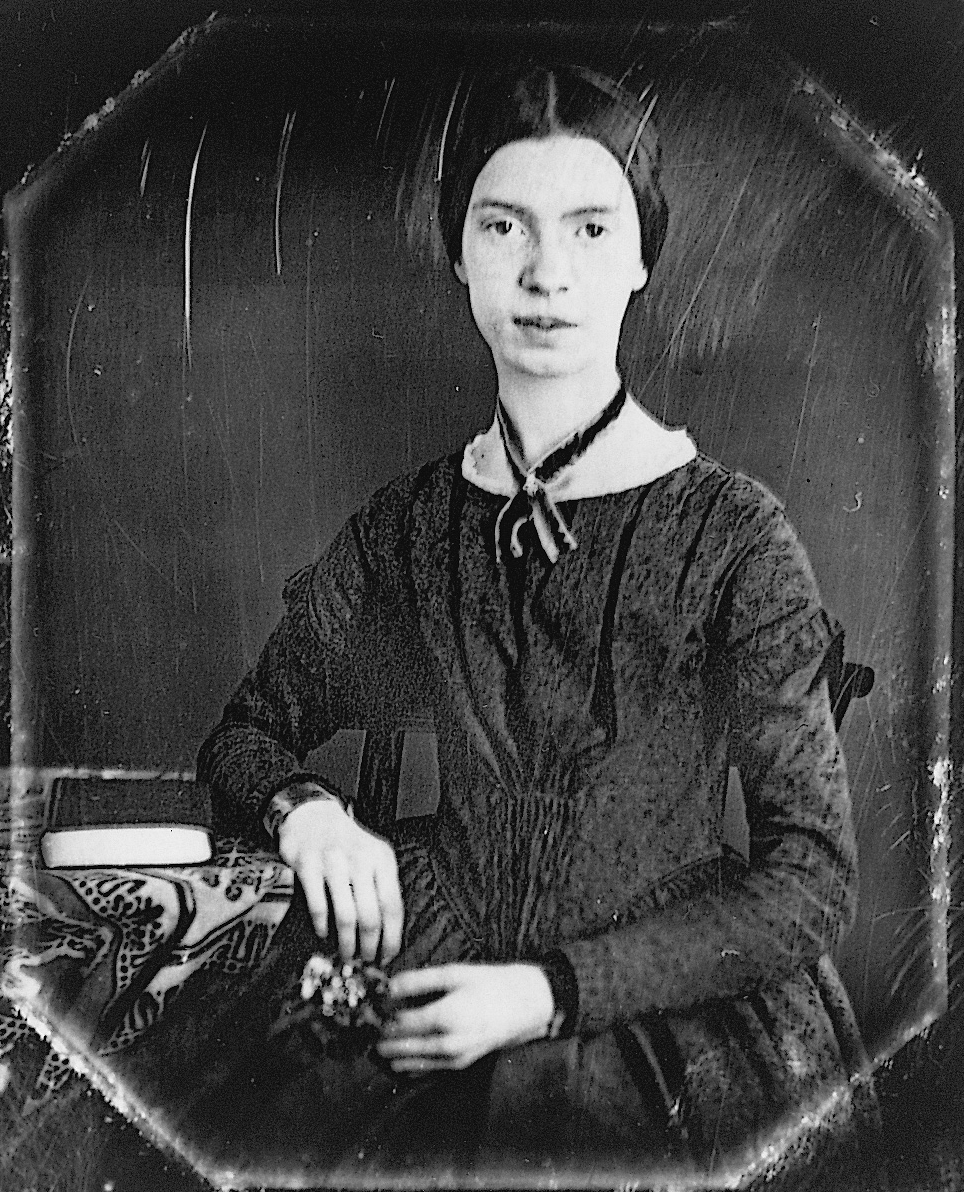
The Age of Realism (1871-1913)
The Civil War marked a dramatic change in American life. The war ended slavery, but it left the deeper problem of race relations. After the conflict, the United States turned its energies to economic concerns. Machines replaced hand labor as the chief means of manufacturing. Industry grew enormously. The new business activity centered in cities, and people moved to them in huge numbers. While some people made fortunes in business, others lived in poverty.
Realists.
Many American writers of the late 1800’s were inspired by an international literary movement called Realism. Realism was in part a revolt against Romanticism and its idealized portrayal of life. The Realists sought to show life as it is. Realism encouraged writers to examine the problems and conditions around them. They wanted to use the language of ordinary people, including dialects. In this way, Realism encouraged the emergence of a distinctively American literature.
The Realists explored the new economic conditions and often called for social reforms. The American dream of “rags to riches” success was captured in popular novels by Horatio Alger. But the American Realists focused on the harsh underside of this dream. They feared that success brought greed, materialism, and corruption.
William Dean Howells, an influential magazine editor, vigorously argued for Realism against Romanticism and sentimentalism. In such novels as The Rise of Silas Lapham (1885) and A Hazard of New Fortunes (1890), he explored the impact of commercial success and failure.
Many of the Realists focused on particular regions of the United States. Bret Harte portrayed the West of the gold rush in such short stories as “The Luck of Roaring Camp” (1868) and “The Outcasts of Poker Flat” (1869). Sarah Orne Jewett’s The Country of the Pointed Firs (1896) shows the changes in small-town life in coastal Maine caused by economic development.
Mark Twain was one of the most popular writers of the late 1800’s. His Adventures of Tom Sawyer (1876) describes the actions of a clever and mischievous boy and his friend Huckleberry Finn. Adventures of Huckleberry Finn (1884) is recognized as an American classic. It continues the story of the first novel. The book narrates the adventures of Huck and Jim, an enslaved man who has escaped, as they float down the Mississippi River on a raft. In this novel, Twain contrasted nature, where a white boy and a Black man can become friends, with the hypocrisy of civilization along the shore. Twain also captured southwestern dialects and satirized the writing that dominated earlier American literature.
Henry James is often regarded as one of the greatest American novelists. James left the United States in his 30’s, settling in England in 1876. In his study of Nathaniel Hawthorne, published in 1879, James argued that the lack of a rich cultural tradition made American novels thin and unrealistic. In many of James’s works, characters travel to Europe, where their innocence and integrity clash with a culture that is attractive but sometimes corrupt. In The Portrait of a Lady (1881), a young American discovers the immorality of her husband. James’s style grew more complex in later novels. He traced with increasing detail the psychological and moral problems of his intelligent and self-conscious characters.
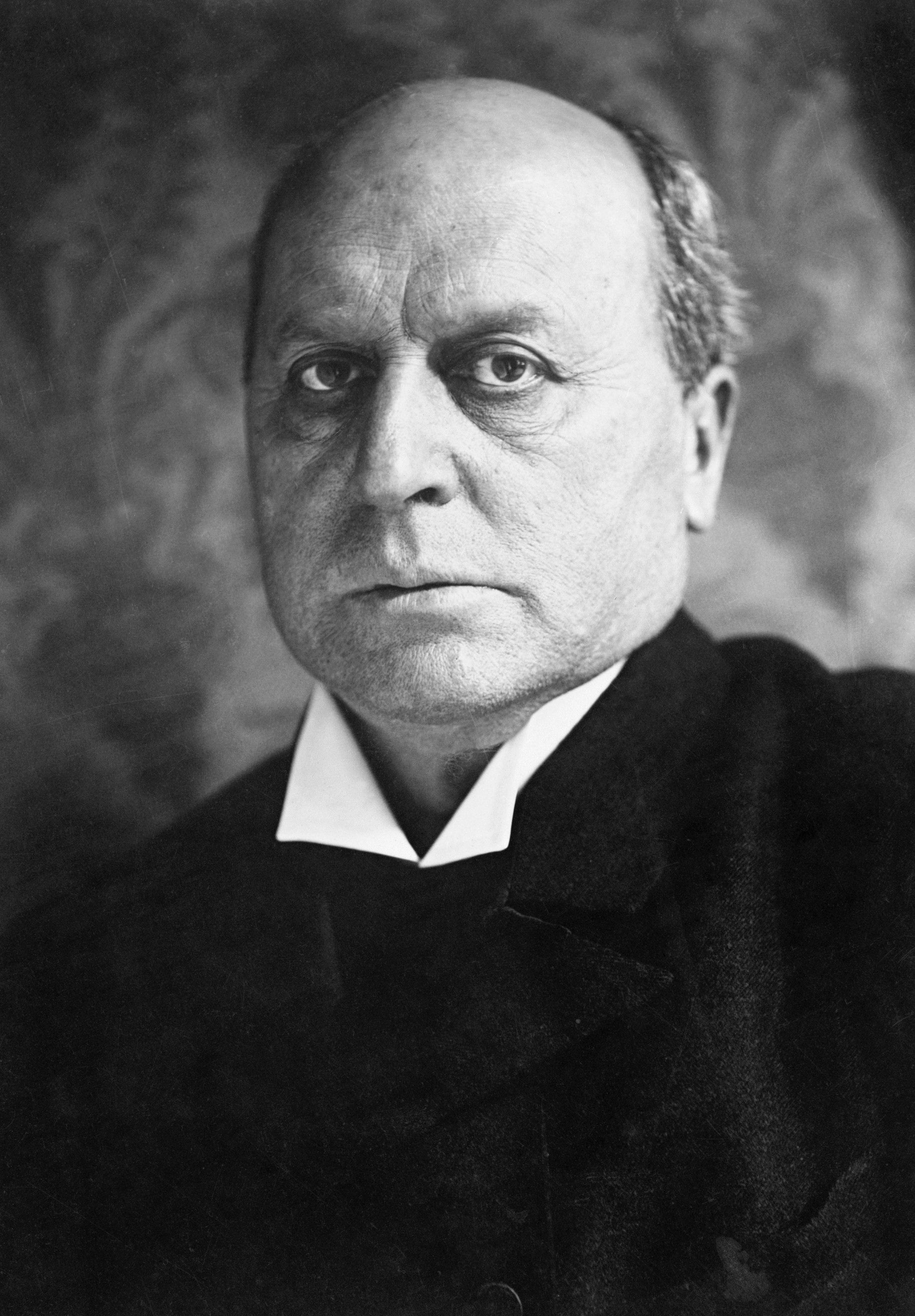
Early Southern realists included George Washington Cable and Joel Chandler Harris. Cable’s The Grandissimes (1880) portrays the tragic clash of races and cultures in Louisiana. Harris’s Uncle Remus: His Songs and His Sayings (1881) and later collections of stories were immensely popular. They retell, in dialect, Black folklore and stories. Charles Waddell Chesnutt’s The Conjure Woman (1899) is also a collection of African American folk tales in dialect.
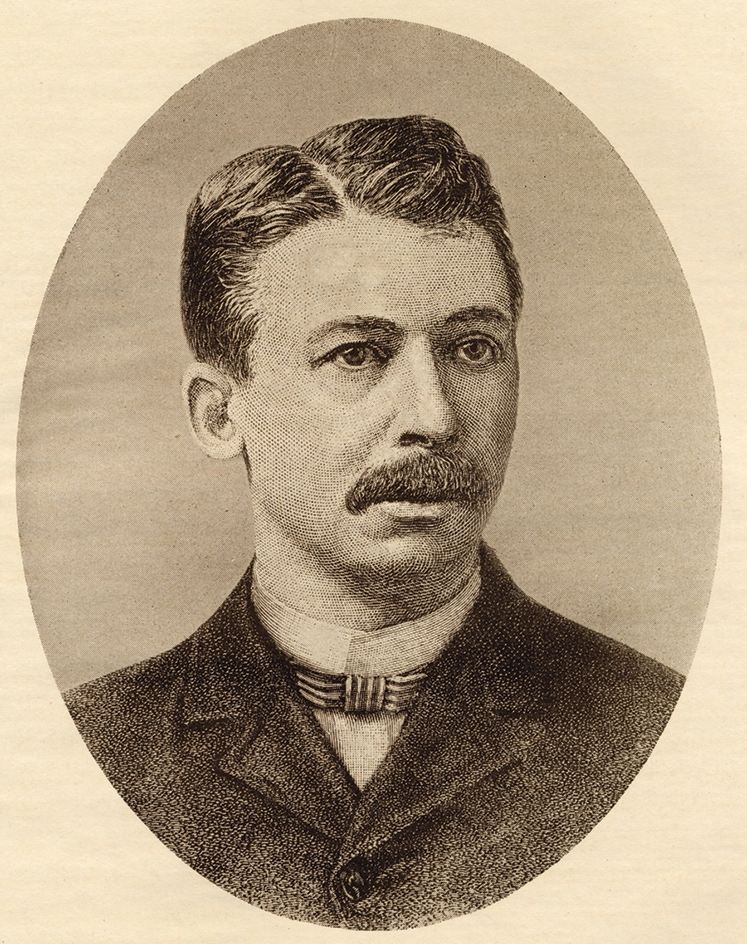
Naturalists
were the most extreme and pessimistic Realists. Unlike other Realists, the Naturalists believed that people could not make moral choices. They showed their characters as completely controlled by economic, social, or biological forces.
Hamlin Garland wrote bitterly of the hardships of Midwestern farmers in Main-Travelled Roads (1891). In The Awakening (1899), Kate Chopin powerfully portrayed a woman’s psychological and sexual development and eventual suicide. Frank Norris described the struggle of California farmers against the powerful railroads in The Octopus (1901). Upton Sinclair’s The Jungle (1906) exposed unsanitary conditions in the Chicago meat-packing industry and helped bring about federal regulation.
In such stories as “The Open Boat” (1897) and “The Blue Hotel” (1898), Stephen Crane stressed the need for courage and generosity in a universe indifferent to human life. His most famous work, The Red Badge of Courage (1895), shows a young soldier in the American Civil War, wandering in a state of shock and confusion through scenes of battle.
Jack London became one of the most popular American authors in the world by writing tales of fierce competition for survival in hostile environments. An example is his famous novel about a dog in the Yukon, The Call of the Wild (1903). Theodore Dreiser has been especially praised for such novels as Sister Carrie (1900). The story traces a young woman’s rise to success and social prominence in spite of her violation of society’s moral codes. Her fate contrasts with her first lover’s decline into poverty and, finally, suicide.
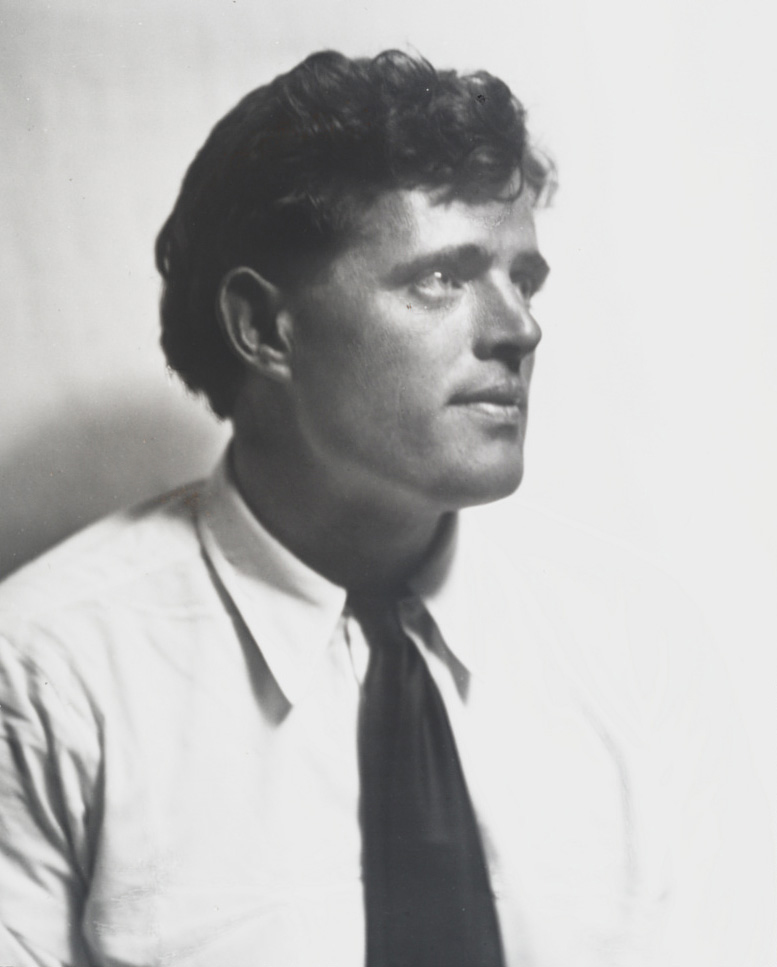
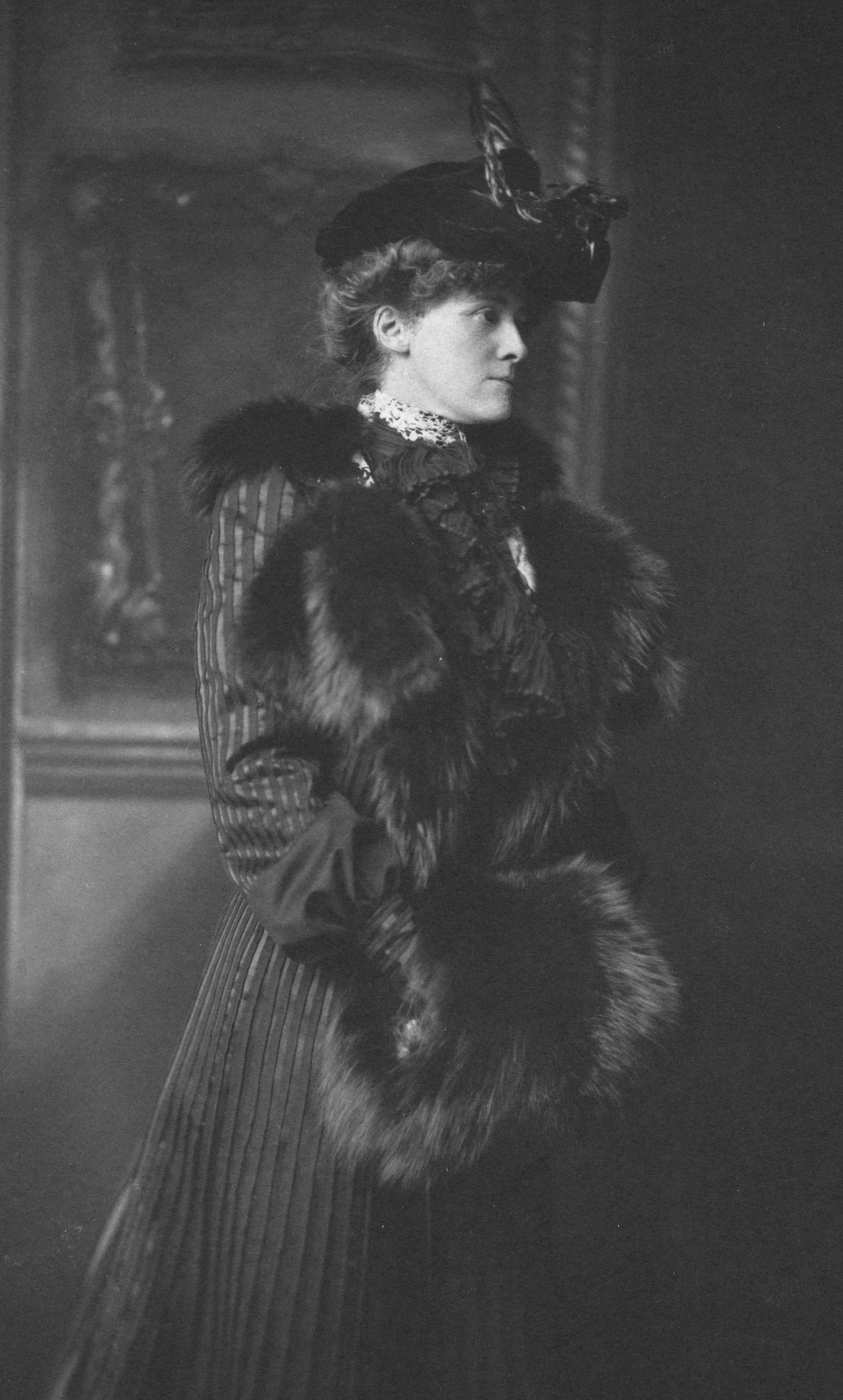
Edith Wharton was a close friend of Henry James’s. Like him, she wrote novels of manners. But many of them have American, instead of European, settings. Wharton became known for her keen moral and psychological examination of characters. The House of Mirth (1905) exposes the selfishness and materialism of upper-class society in New York City.
Nonfiction writers
also flourished in the United States after the Civil War. The philosopher William James, brother of Henry James, wrote powerfully on many subjects, including religion and psychology. In The Principles of Psychology (1890), James invented the phrase stream-of-consciousness and thus sparked the development of a new fictional technique. In this technique, the writer tracks the shifting feelings and thoughts flowing through the mind of a character.
The economist Thorstein Veblen explored social and economic issues with biting satire in The Theory of the Leisure Class (1899). In The Story of My Life (1903), Helen Keller told how she had been helped to overcome blindness and deafness. Jane Addams’s Twenty Years at Hull House (1912) tells of her work among Chicago’s Italian, Greek, Russian, and other immigrants. As settlement in the West became more widespread, many Americans wanted to preserve the unspoiled wilderness. In The Mountains of California (1894) and other books, the naturalist John Muir described the American wilderness as God’s temple and attacked threats to its preservation.
One of the most notable nonfiction prose writers of this period was the historian Henry Adams. His autobiography, The Education of Henry Adams, was privately printed in 1907 and published in 1918. In it, Adams contrasted the power of religion in the Middle Ages with the power of science in the modern world.
Two prominent Black leaders disagreed on the best course for African American advancement. In his autobiography, Up from Slavery (1901), the educator Booker T. Washington urged African Americans to temporarily suspend their demands for equal rights in exchange for vocational education and jobs. He predicted that Black Americans would achieve equal rights once they gained economic power. But the historian and sociologist W. E. B. Du Bois challenged what he regarded as Washington’s surrender of rights for economic gain. Du Bois refused all compromises. In The Souls of Black Folk (1903), he insisted that “the problem of the twentieth century is the problem of the color line.”
Sarah Winnemucca described the plight of Native Americans in the West in her memoir, Life Among the Paiutes (1883). In the early 1900’s, the Sioux author Zitkála-Šá wrote eloquently about Native American identity and heritage.
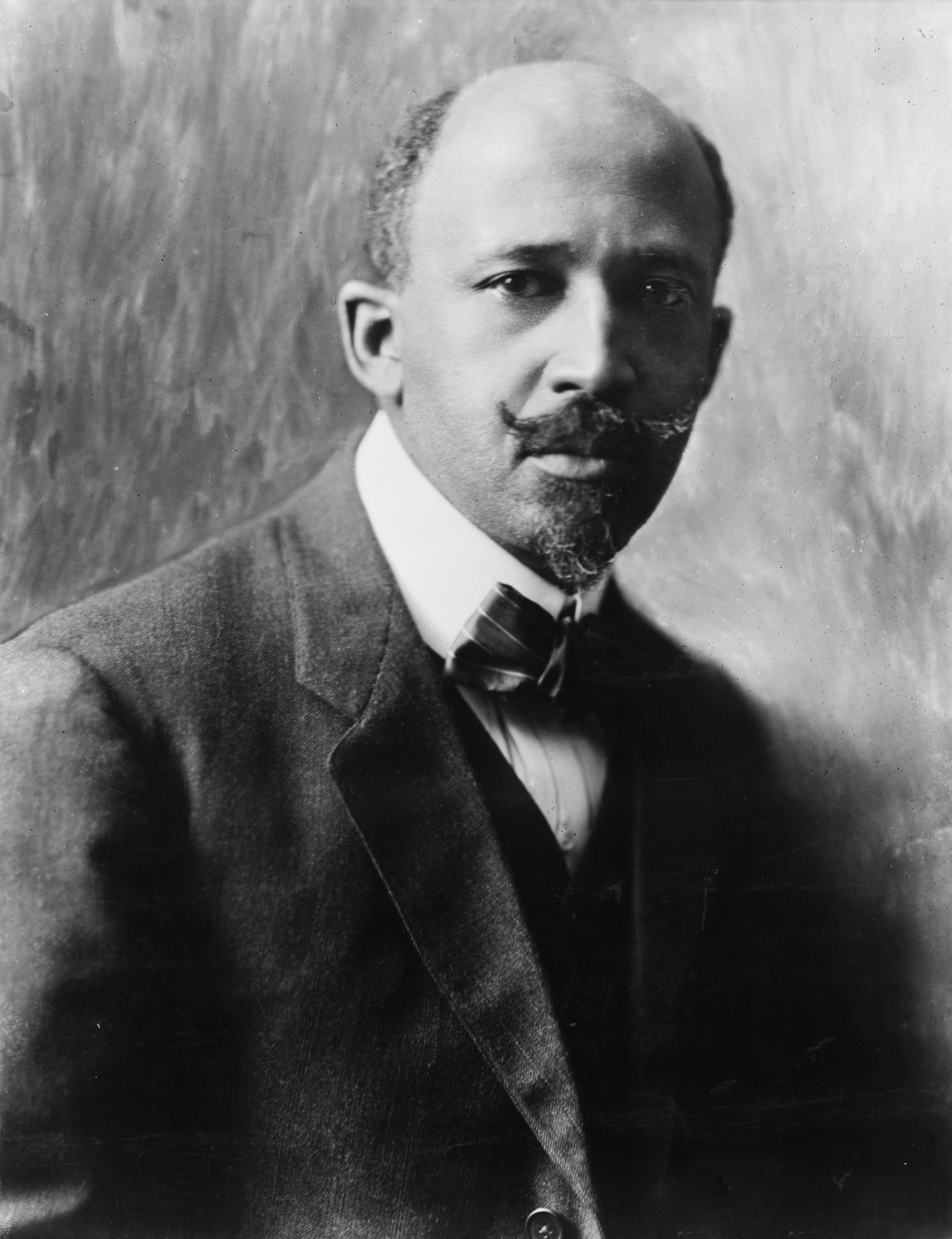
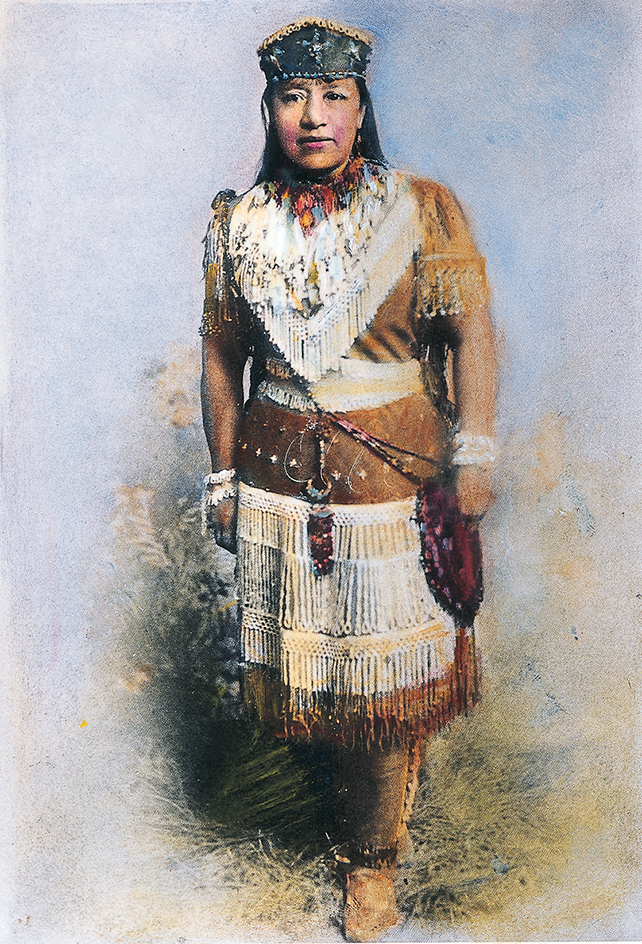
The World Wars and Depression (1914-1945)
In 1914, World War I broke out in Europe. In 1917, the United States entered the war against Germany, which was defeated in 1918. After the war, the American economy boomed. But prosperity did not last. A stock market crash in 1929 led to the Great Depression, a deep economic slump in the 1930’s.
In 1939, World War II began in Europe. The United States fought in the war from 1941 to 1945 and played an important role in defeating Germany and Japan.
About the time of World War I, an international artistic movement called Modernism emerged in Europe. Modernist artists believed that the traditional social, religious, and political order had broken down. They felt that Realism could not adequately describe how greatly modern life differed from the past. As a result, they sought stylistic innovations that could better portray new realities.
The American writers who lived in Europe around the time of World War I made important contributions to Modernism. Their influence extended to writers in the United States. The Great Depression led some writers of the period to focus on social or economic issues.
Modernist poetry
leaves out the explanations and narrative connections that provide unity and clarity in traditional writing. It mixes everyday language with elegant phrases and short quotations from earlier poems. Modernist poets placed contradictory feelings and events side by side to evoke the disconnectedness of modern life.
Modernism was influenced by a poetic movement called Imagism, which lasted from 1908 to 1917. Imagist poetry was characterized by precise images. The most important Imagist poets were Ezra Pound, Amy Lowell, and Hilda Doolittle, who wrote under the initials H. D.
T. S. Eliot, one of the first Modernists, moved to London in 1914. There, he became friends with Pound, who had already settled in Europe. Together, Eliot and Pound discovered and absorbed a wide range of poetic traditions. They developed many of the features of Modernist poetry and made them well known.
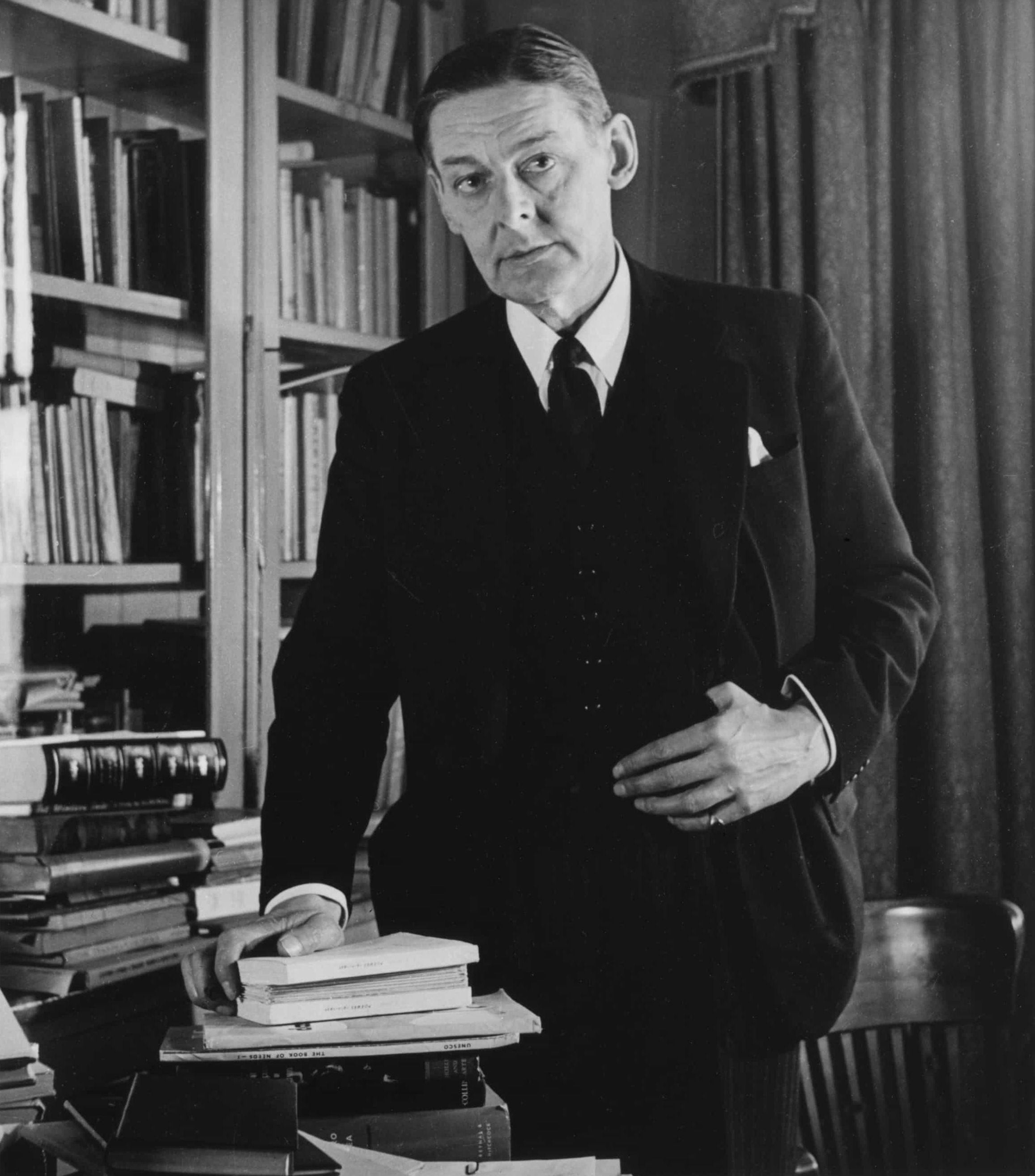
Eliot mastered the Modernist style in “The Love Song of J. Alfred Prufrock” (1915). His long poem The Waste Land (1922) created an uproar. This complex, pessimistic reflection on the emptiness of modern life seemed a masterpiece to some but bewildered others. Eliot gradually gained a widespread influence in modern poetry. In many critical essays, he redefined the way people thought about literature.
Pound’s long poem The Cantos was published in several installments from 1925 to 1968. It reflects on poetry and the course of European and American history. Pound was also important as a critic, vigorously promoting a wide range of ancient and modern poets.
Several important Modernist poets emerged in the United States. Hart Crane’s The Bridge (1930) weaves American images and themes, such as the Brooklyn Bridge, into a visionary Modernist poem. Wallace Stevens’s philosophical poems explore the relation of imagination to reality.
William Carlos Williams celebrated everyday objects and experiences in short poems and an epic, Paterson (1946-1958). He favored a clean, direct style that would capture the individuality of the subject matter. E. E. Cummings experimented with the physical form of poems, particularly punctuation, capitalization, and spacing on the page. Marianne Moore was known for her unconventional uses of meter.
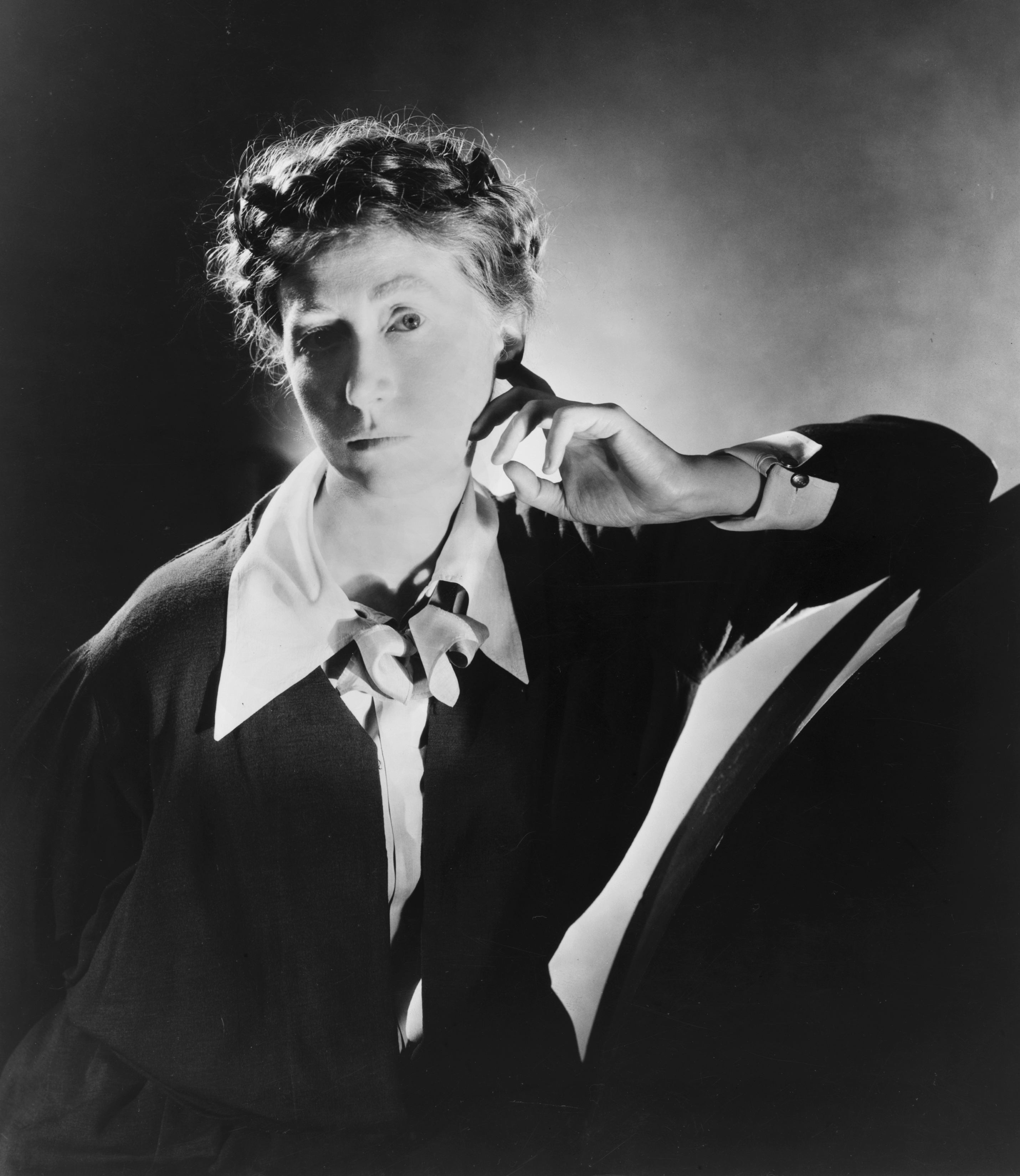
Realist poetry.
Some poets of the early and mid-1900’s practiced Realism rather than Modernism. In Edgar Lee Masters’s Spoon River Anthology (1915), the now-dead inhabitants of an imaginary Midwestern town tell their life stories. Carl Sandburg was influenced by Whitman in his use of plain, everyday language. He aimed to help readers understand the lives of common people. 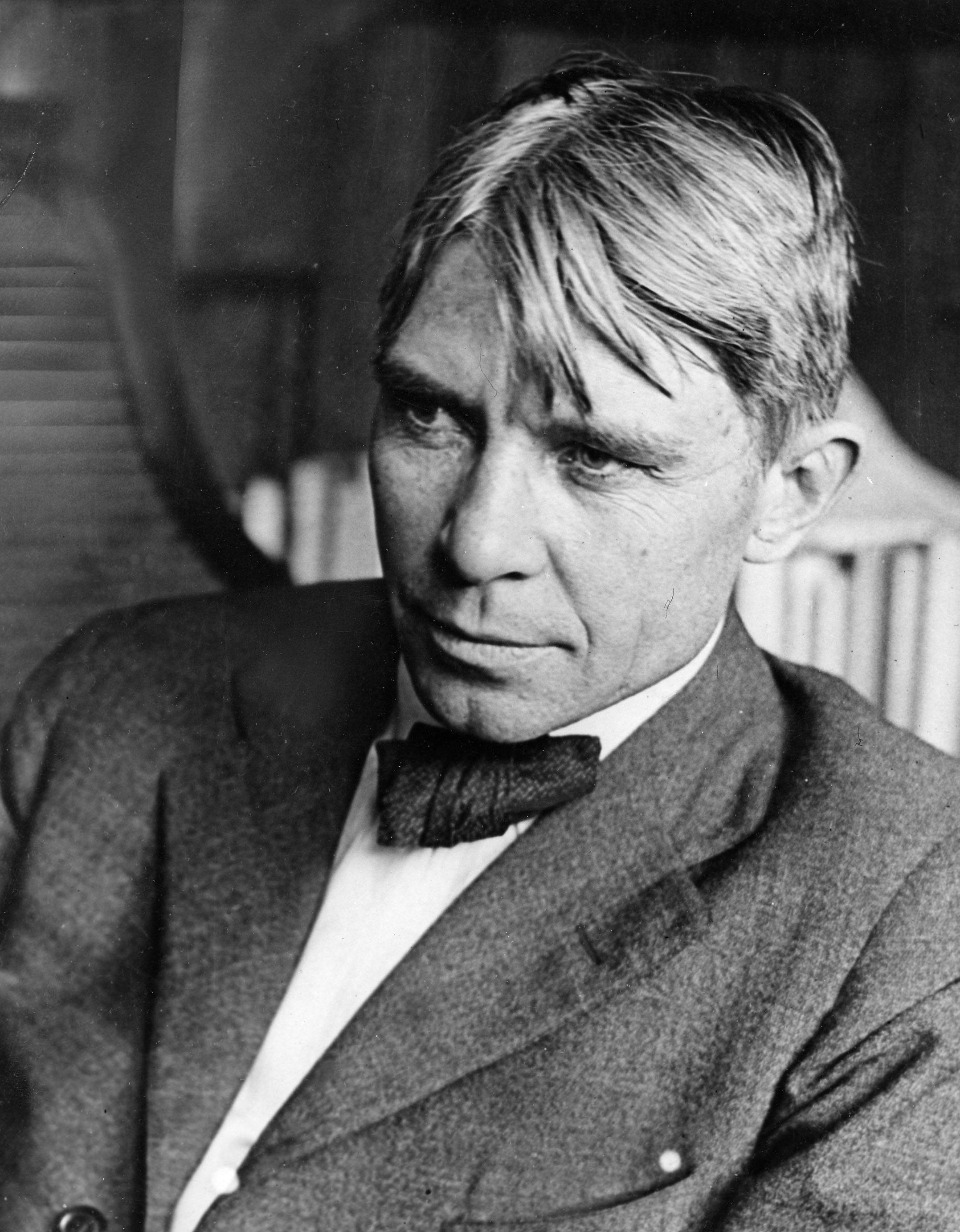
The poems of Robert Frost, such as “Mending Wall” (1914) and “Stopping by Woods on a Snowy Evening” (1923), are simple and readable on the surface. But they reveal complex feelings, often through subtle irony and dry wit. Frost expressed in ordinary language the puzzling hints of doubt and uncertainty that haunt everyday incidents. These feelings connect him to Modernism, despite his traditional meter, rhyme, and verse forms.
The African American writer Paul Laurence Dunbar achieved international recognition for his poetry and his fiction. Many of Dunbar’s poems use standard English and traditional meter, but he received greater acclaim for his portraits in dialect of Black lives in the South.
The Lost Generation.
A number of writers joined the flourishing arts community in Paris after World War I. Many of these newcomers to Paris gathered around the novelist and critic Gertrude Stein, who had settled there before the war. She described these disillusioned writers as a “lost generation.” Her experiments with prose rhythm, fractured sentence structure, and disconnected narrative were challenging and influential. 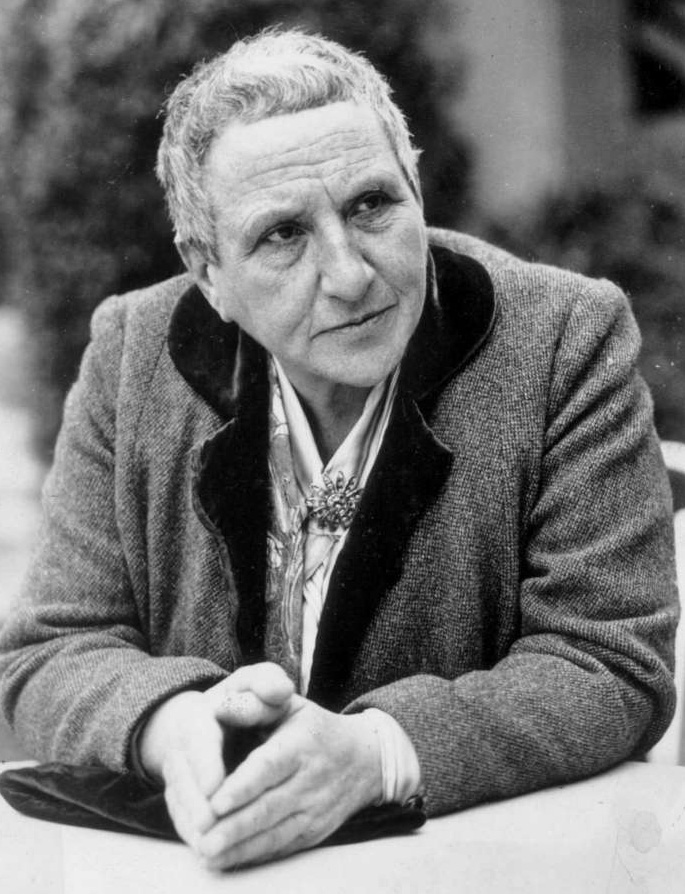
Two of the most important writers of the Lost Generation were Ernest Hemingway and F. Scott Fitzgerald. Hemingway’s The Sun Also Rises (1926) describes these uprooted Americans. His characters desperately search for something to believe in after the destruction caused by the war. Some critics consider Hemingway’s short stories to be his finest work. In them, Hemingway crafted a bare, blunt prose that sought to clear away the emptiness of old ideas and values. His prose style has inspired many imitators.
Fitzgerald focused on American life in the Roaring Twenties, also called the Jazz Age. In short stories and in such novels as The Great Gatsby (1925) and Tender Is the Night (1934), he showed how the values of the American dream had been corrupted by materialism and class divisions. Fitzgerald’s strong visual sense and way of composing a story into scenes showed the influence of early motion pictures. 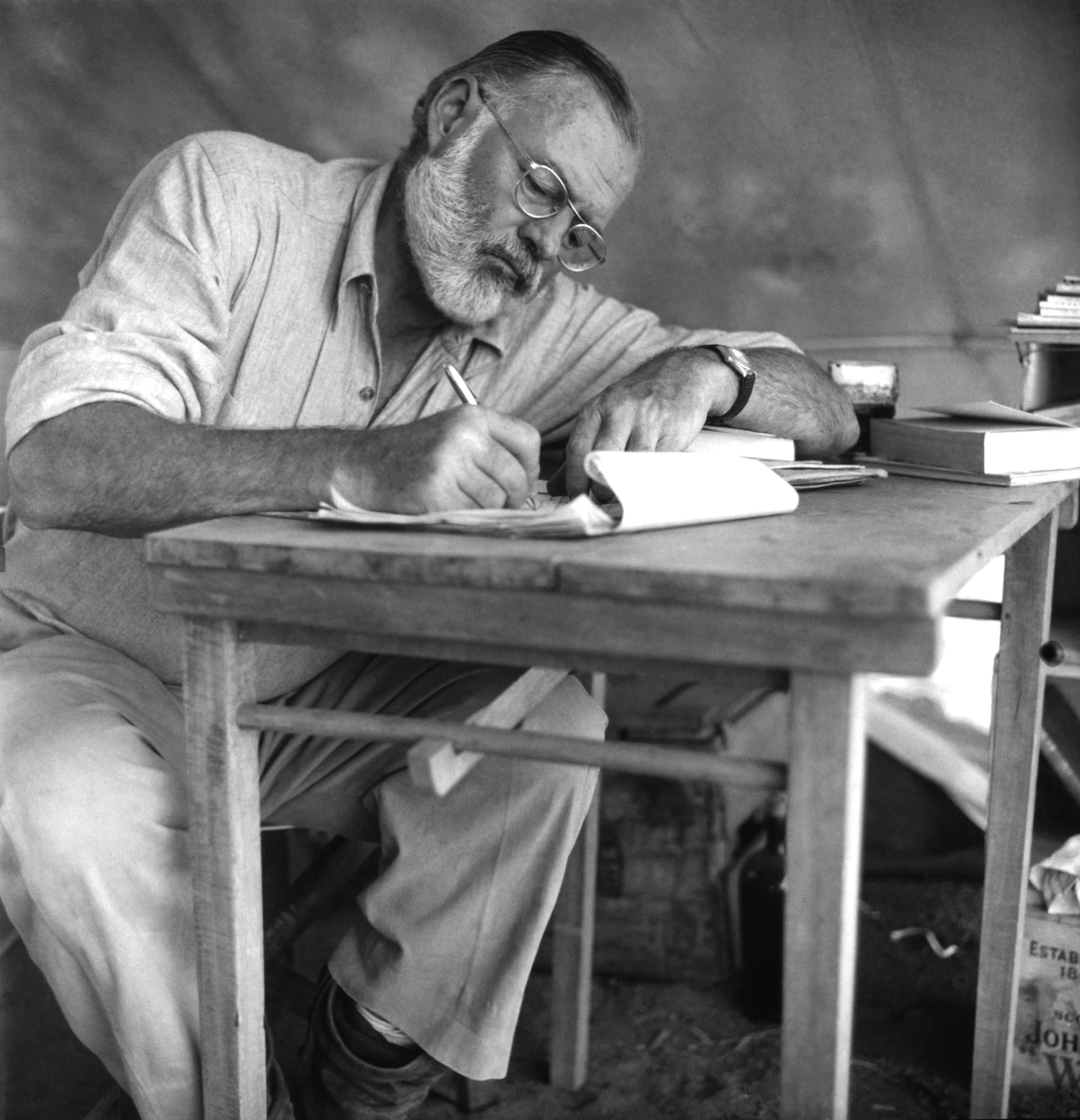
Modernist fiction.
Modernism led writers of fiction to reexamine the techniques of storytelling. Writers began to strip away descriptions of scenes and characters, explanations, direct statements of theme, and summaries of the plot. A few writers experimented with prose styles as fragmented and difficult as some poetry.
William Faulkner is one of the most highly regarded American novelists of the 1900’s. Faulkner set most of his novels, such as The Sound and the Fury (1929) and As I Lay Dying (1930), in the imaginary Mississippi county of Yoknapatawpha. He saw slavery and racism as the great sins haunting Southern history. He believed the South fought heroically in the American Civil War but for an evil cause. Faulkner’s Southerners live with this heritage of guilt and useless, misguided nobility. Faulkner absorbed all the techniques of Modernist storytelling. His style is symbolic, lyric, and sometimes eloquent. He evoked the contradictory feelings of his characters through fragmented and difficult plots. Faulkner often employed the stream-of-consciousness technique.
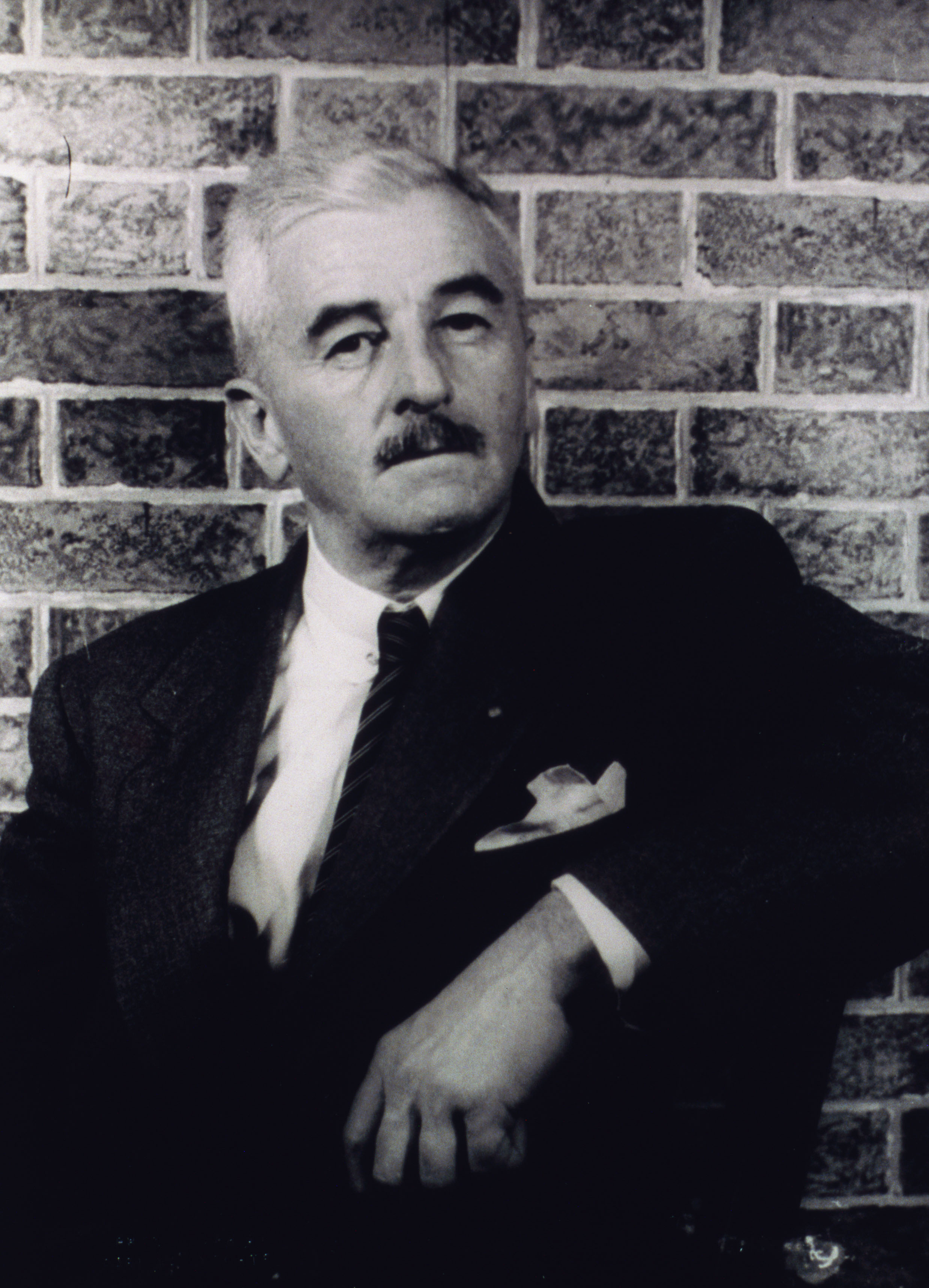
The Harlem Renaissance.
During the early 1900’s, particularly in the 1920’s, African American literature began to flourish in Harlem, a district of New York City. This movement became known as the Harlem Renaissance. It was also called the New Negro after the title of an anthology collected by educator and writer Alain Locke. The major writers of the Harlem Renaissance included Sterling A. Brown, Countee Cullen, Jessie Redmon Fauset, and Langston Hughes. Other important writers were Zora Neale Hurston, James Weldon Johnson, Alain Locke, Claude McKay, and Jean Toomer. 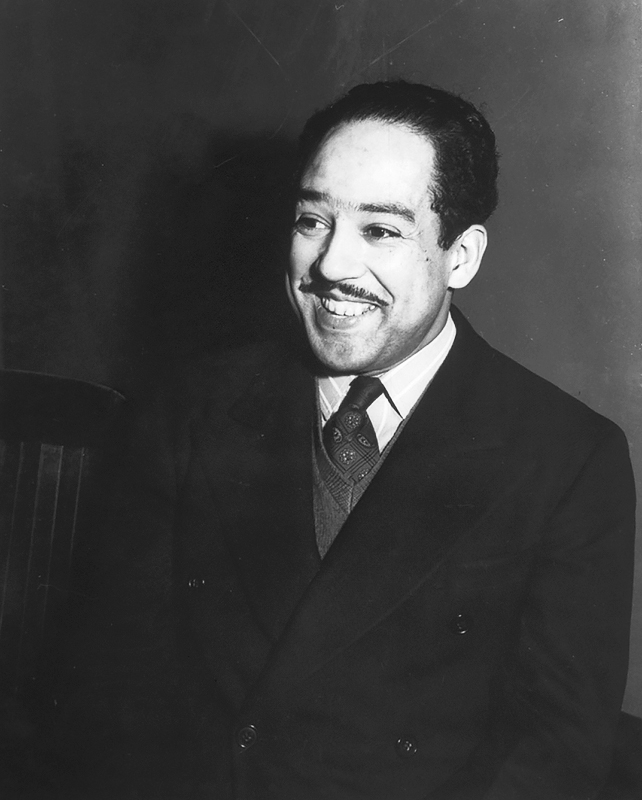
Johnson’s God’s Trombones (1927) consists of seven African American sermons set in verse. His poetry’s dramatic and musical qualities also reflect his experience writing songs for the musical theater. McKay was one of the most powerful African American poets. He began with poems in dialect. Later, he wrote highly formal but emotional verse, often on explosive topics. Hughes made a deliberate effort to bring the rhythms of African American music into poetry. Brown used dialect in subtly varied ways both to protest against racial prejudice and to express pride in the distinctive cultural tradition of African Americans. Cullen was mainly a lyric poet, but he sometimes used verse to protest racism.
African American prose writers also flourished during the Harlem Renaissance. Toomer’s Cane (1923) is a sophisticated mixture of short stories, sketches, poetry, and a play. Hurston collected African American folk tales and became well known as a skilled oral storyteller. Her best-known novel, Their Eyes Were Watching God (1937), traces a Black woman’s steady growth in insight and spiritual strength. Hurston’s characters are vivid, realistic mixtures of strength and weakness. Locke wrote several nonfiction works on African American culture.
Realist fiction.
In O Pioneers! (1913) and My Ántonia (1918), Willa Cather described frontier life in Nebraska. Each story in Sherwood Anderson’s Winesburg, Ohio (1919) explores, from a psychological viewpoint, a different personality in a small Ohio town. Thomas Wolfe studied American morals and values in four huge, poetic novels. Each novel, beginning with Look Homeward, Angel (1929), is based on Wolfe’s own life. John Steinbeck’s The Grapes of Wrath (1939) depicts the sufferings of Dust Bowl farmers who migrate from Oklahoma to California during the Great Depression. One of the most powerful Realist novels is Richard Wright’s Native Son (1940). It tells the story of a poor young Black man driven to brutal violence by the hatred and prejudice he meets in a white world. 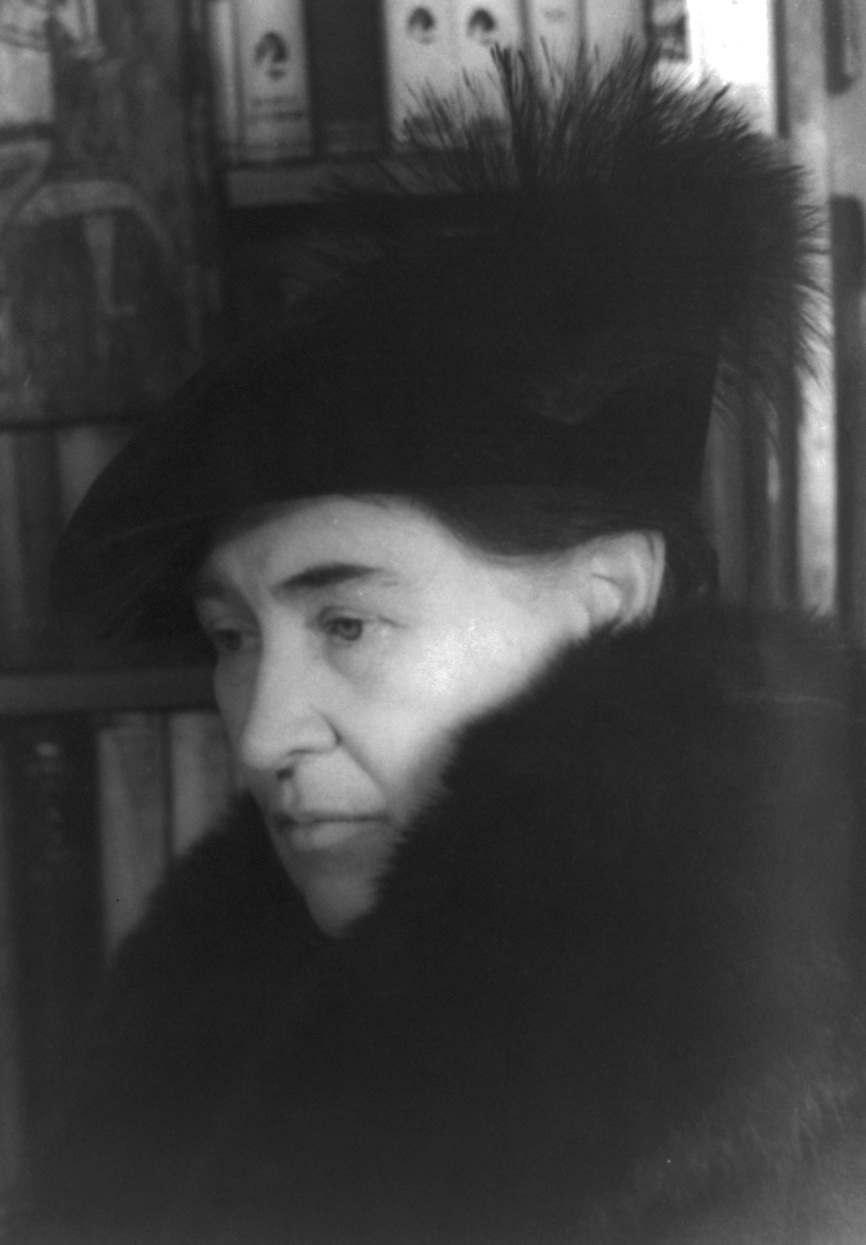
During the 1920’s and 1930’s, many writers and critics debated the relation between literature and social or political change. Particularly because of the Depression, many writers felt a responsibility to address economic and social problems. These authors often used journalistic techniques to educate a wide audience about needed reforms. Other writers, such as John Dos Passos, experimented with new forms and styles. In his trilogy “U.S.A.” (1930-1936), Dos Passos aimed to portray American society fully and realistically. His novels include what he called Newsreels, which use newspaper headlines, words from popular songs, and advertisements to surround characters and action. 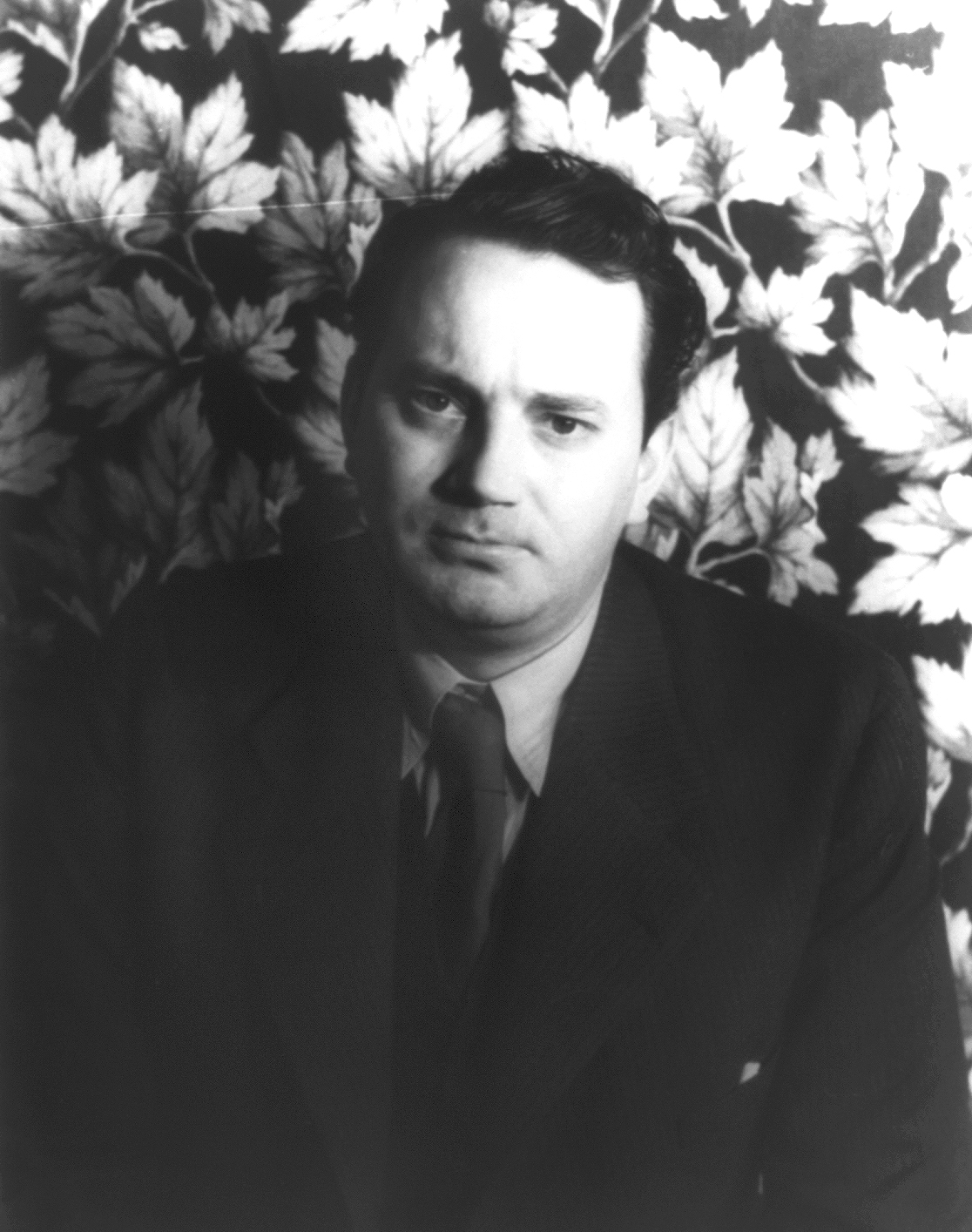
Popular forms.
Many novels in the mid-1900’s were written in established patterns called “genre” or “formula” fiction. They included Westerns and detective stories. These literary forms often became extremely popular. Owen Wister’s The Virginian (1902) and Zane Grey’s many novels, including Riders of the Purple Sage (1912), had established the Western novel.
A distinctive American contribution to detective fiction was the “hard-boiled” detective story, featuring a tough, cynical hero with a sarcastic sense of humor. Dashiell Hammett and Raymond Chandler popularized the hard-boiled detective story.
H. P. Lovecraft became a pioneer in horror fiction in the 1920’s. Weird Tales magazine published many of his stories.
Drama.
Most American plays of the 1700’s and 1800’s were sentimental comedies or melodramatic tragedies. Eugene O’Neill broke from this tradition in the 1920’s. Early in his career, he created highly realistic plays. He wrote about the criminals, homeless, alcoholics, laborers, artists, and radicals he had encountered in several years of drifting. These characters spoke in crude, slangy, but lively language. Gradually, O’Neill’s plays grew longer, and he experimented more boldly with artistic techniques. He moved toward a more symbolic, stylized theater that could express his characters’ inner emotions. He turned toward autobiographical material for his final plays. They include Long Day’s Journey into Night (written from 1939 to 1941 and first performed in 1956). 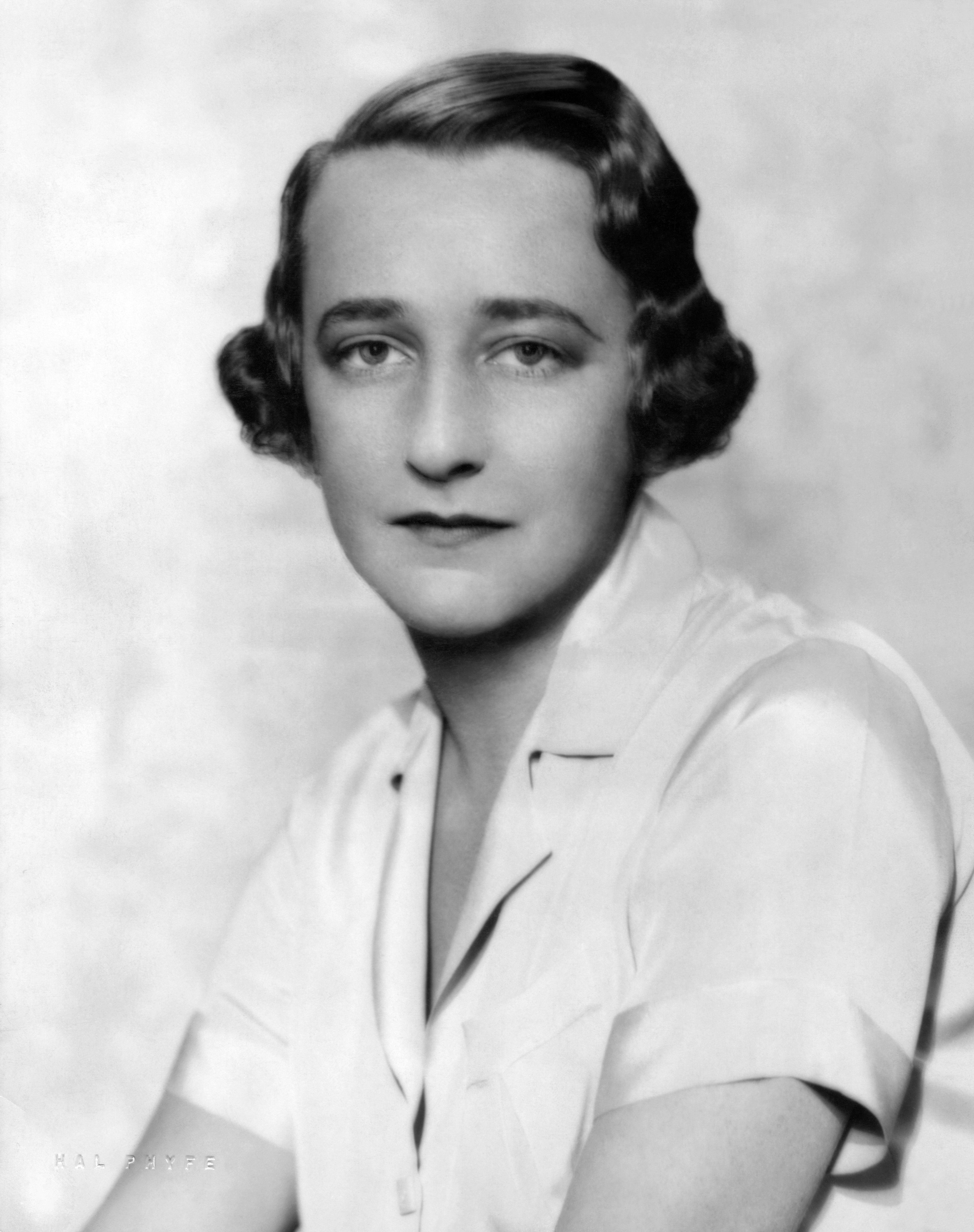
During the 1930’s, vigorous debates took place over the purpose of drama. Some playwrights wanted the theater to serve as a force for social reform. Others concentrated on experimental technique, and still others aimed at frankly escapist and commercially successful work. Clifford Odets’s Waiting for Lefty (1935) and Awake and Sing! (1935) attack social problems of the time. Lillian Hellman’s plays, such as The Children’s Hour (1934) and The Little Foxes (1939), explore the destructiveness of greed, materialism, and sexual repression in American life. In Our Town (1938), Thornton Wilder used uncommon staging techniques, such as the absence of scenery or a curtain, to balance a somewhat sentimental picture of small-town New England life.
Literature from 1945 to 2000
From the end of World War II in 1945 to the late 1900’s, the United States took on a central role in global affairs. The national economy prospered, and American culture, especially popular culture, became influential worldwide. Massive immigration brought new ethnic groups into the United States and influenced popular culture. During these postwar decades, strong social movements fought for full and equal rights for African Americans, women, and gay people. The involvement of the United States in the Vietnam War (1957-1975) was controversial at home and abroad. The collapse of Communist governments in Eastern Europe in the late 1980’s left the United States the dominant world power. These social changes influenced many writers during the second half of the 1900’s.
Poetry.
American poetry after World War II was characterized by its diversity of voices. A wide variety of poetic styles appealed to readers. By the 1950’s, Modernism was the dominant influence. Modernist poets experimented with new arrangements of language and expression. The personal identity of the poet became more prominent. However, many poets still defended traditional meter and forms.
“Confessional” poetry.
Some poets of the 1950’s began to write directly about their own lives and feelings. Their work became known as “confessional” poetry. Robert Lowell’s Life Studies (1959) and John Berryman’s The Dream Songs (1969) speak frankly of each poet’s troubled life. Theodore Roethke explored the themes of growth and childhood in elegantly written poems. Sylvia Plath sometimes used the Holocaust, the mass murder of European Jews and others by the Nazis during World War II, as a metaphor for personal crisis. Anne Sexton wrote about her mental illness in a direct and open style.
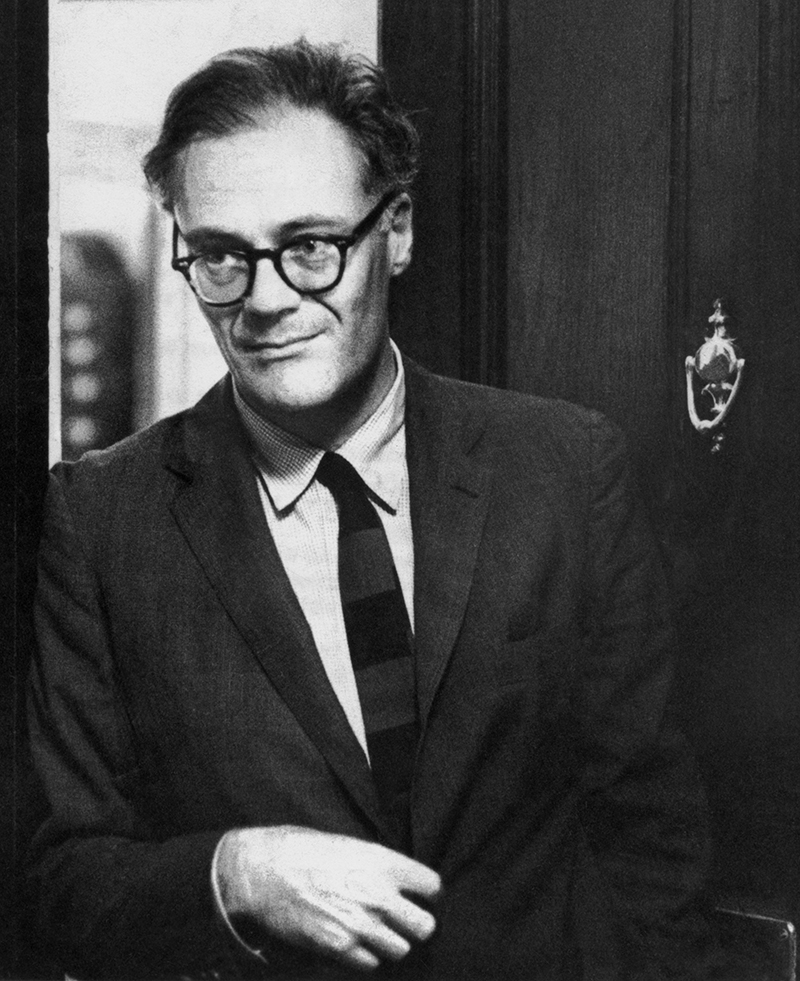
Variations on Modernist poetry.
A group of writers called the Black Mountain poets gathered around Charles Olson at Black Mountain College, an experimental arts school in Black Mountain, North Carolina. Olson sought to give poetry a physical immediacy. In The Maximus Poems (1953-1975), he let the rhythm of his own breathing determine the length of his verse lines. He called the technique projective verse. Robert Creeley, Robert Duncan, and Denise Levertov carried forward Olson’s style of verse. They sought an “open” form that could admit a range of experiences, feelings, and insights.
Several authors known as the Beat poets condemned what they considered the failings of American society and turned poetry into a powerful tool of social protest. One of the most important Beat poets was Allen Ginsberg. His “Howl” (1956) describes spiritual ecstasy and the torments of urban life in long verse lines influenced by Whitman and William Carlos Williams.
Frank O’Hara led a group of poets centered in New York City. His poems, especially his Lunch Poems (1964), read like improvised and casual records of quickly changing and scattered moments of urban life. John Ashbery, a member of the New York group, wrote poems that reflect the influence of modern art and music. Many of his poems, such as those collected in his Self-Portrait in a Convex Mirror (1975), hint at their subject only indirectly and vaguely. 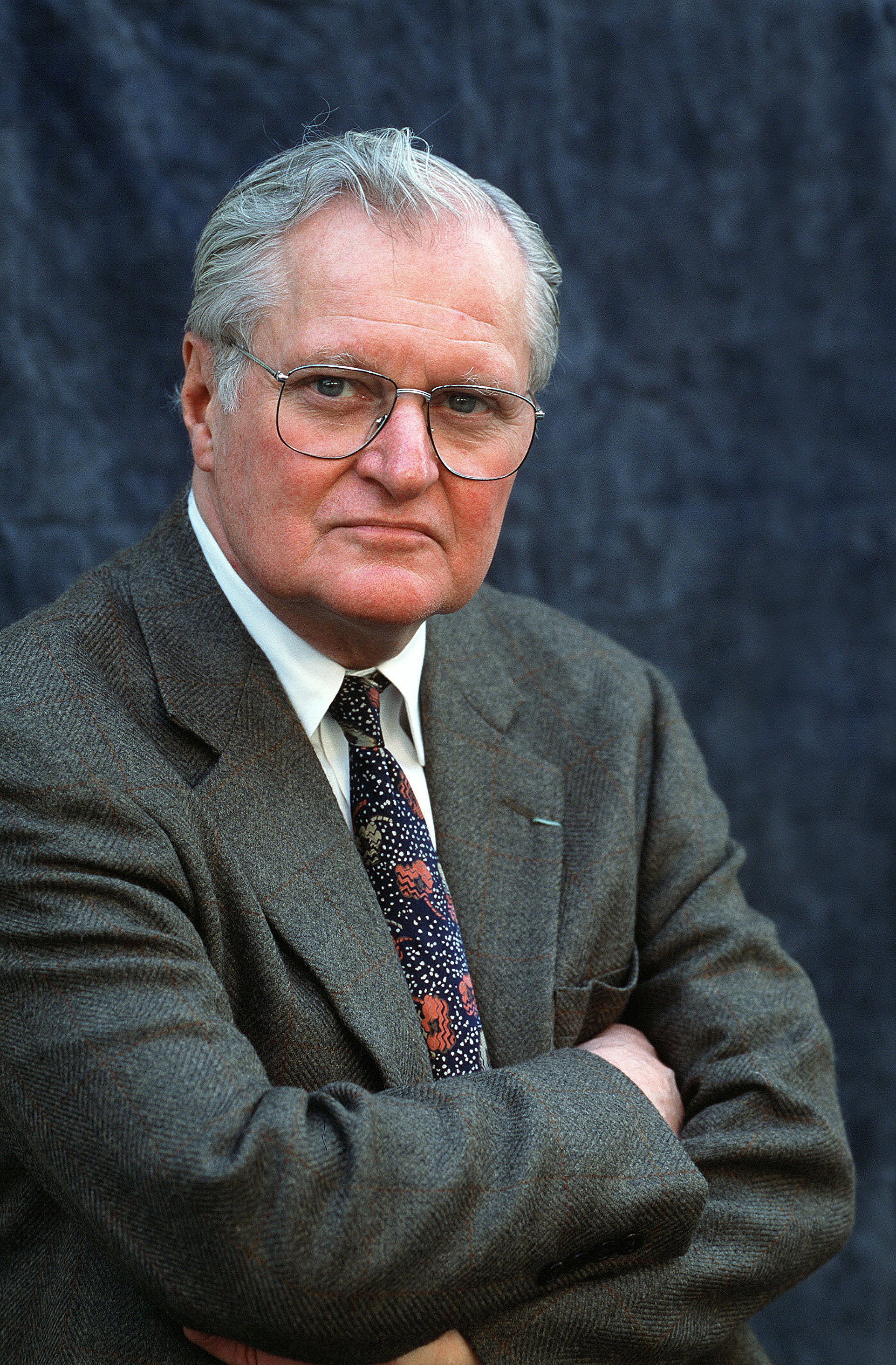
James Merrill wrote polished formal verse, often autobiographical but highly restrained. His long poem The Changing Light at Sandover (1982) describes the structure of the universe and shares thoughts with spirits of dead family, friends, and poets.
Elizabeth Bishop’s poems are formal and self-restrained. But they express powerful personal feelings and experiences. Questions of Travel (1965) explores themes of travel, exile, and response to exotic landscapes. The poems of Gary Snyder, collected in such works as Turtle Island (1974), reflect a widespread interest in Asian cultures and in the relationship of human beings to their environment. Snyder had also been involved with the Beat movement. W. S. Merwin became known for poetry influenced by Buddhism and ecology. Adrienne Rich became a significant voice of feminist poetry, most notably in Diving into the Wreck (1973). Thom Gunn, an openly gay poet, lamented the AIDS epidemic in The Man with Night Sweats (1992).
The African American experience
became the subject of many poets beginning in the later 1940’s. Gwendolyn Brooks drew on oral Black preaching and street talk. She described the ordinary lives of African Americans and the injustices they suffered in such collections as A Street in Bronzeville (1945).
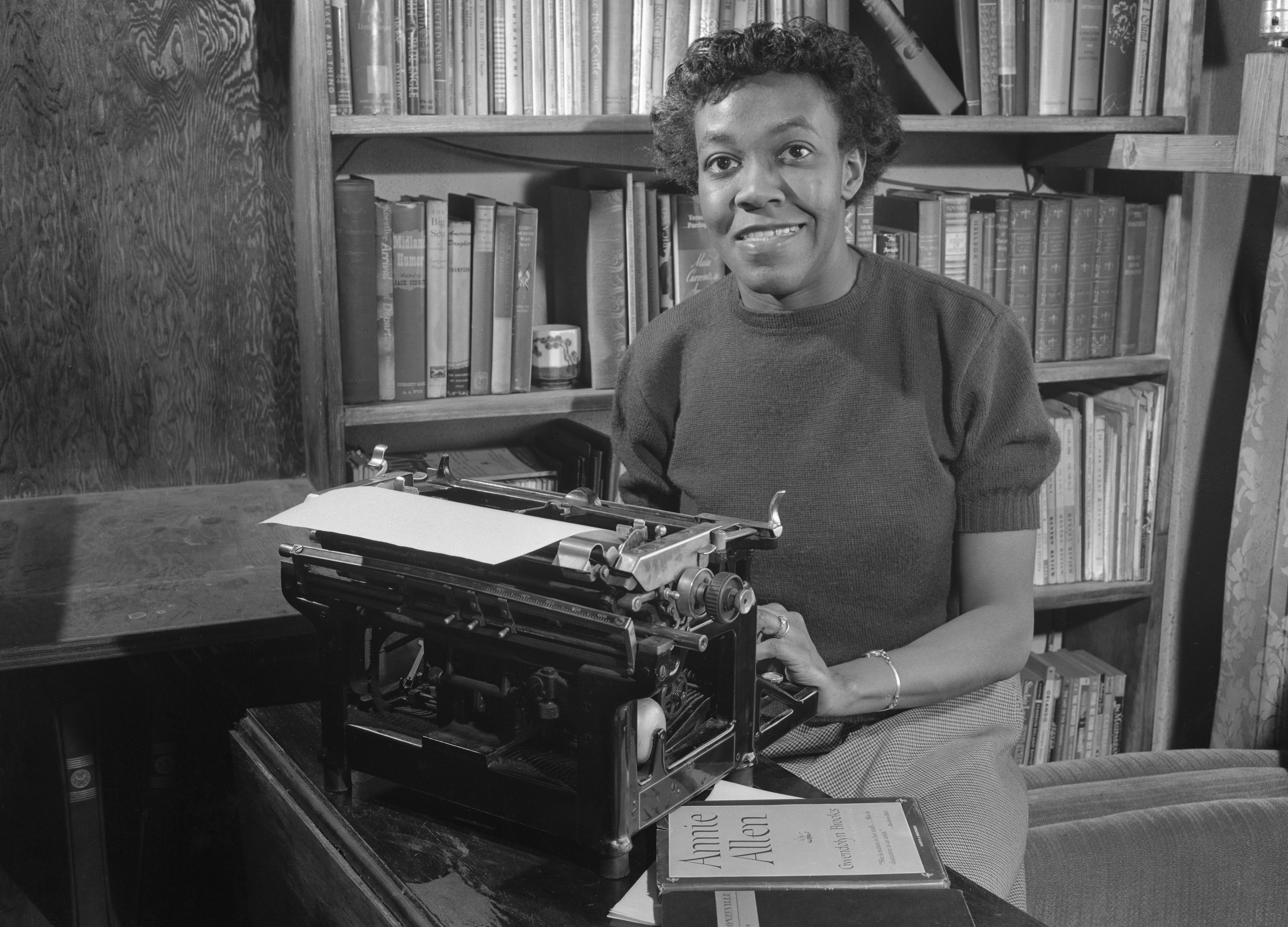
In the 1960’s, with the growing visibility of the civil rights movement, many African Americans rejected earlier hopes for an integrated society and began to call for a separate Black culture. LeRoi Jones’s early poems express the personal agonies of living in a racist world. But he increasingly saw the problem as social, not personal. He began to write plays and music criticism and helped start the Black Arts movement. The movement rejected the literary forms and values of white culture. As Jones became more politically active, he changed his name to Imamu Ameer Baraka, then to Amiri Baraka, to reflect his African heritage. Many of the poets associated with the Black Arts Movement collaborated with musicians, and their spoken-word performances can be considered the forerunners of hip-hop. These poets included Nikki Giovanni, Jayne Cortez, and Gil Scott-Heron.
In her poems, Audre Lorde fought against racism and sexism. In Coal (1976), she rose to national prominence by drawing on her experiences as a Black lesbian.
Fiction.
The attempt to capture human experience in a realistic tone remained popular after World War II. Several authors drew their subjects from World War II, including James Jones, Norman Mailer, Irwin Shaw, and Herman Wouk. Others focused on regions of the country or on more personal experiences. John Cheever and John O’Hara wrote about suburban life in the northeastern United States. J. D. Salinger exposed the shortcomings of the adult world as seen through the eyes of a New York teenager in The Catcher in the Rye (1951). Ralph Ellison, in Invisible Man (1952), drew a haunting picture of African American life in the United States. Joyce Carol Oates produced a large body of fiction that ranged from realistic stories of urban life to nightmarish novels.
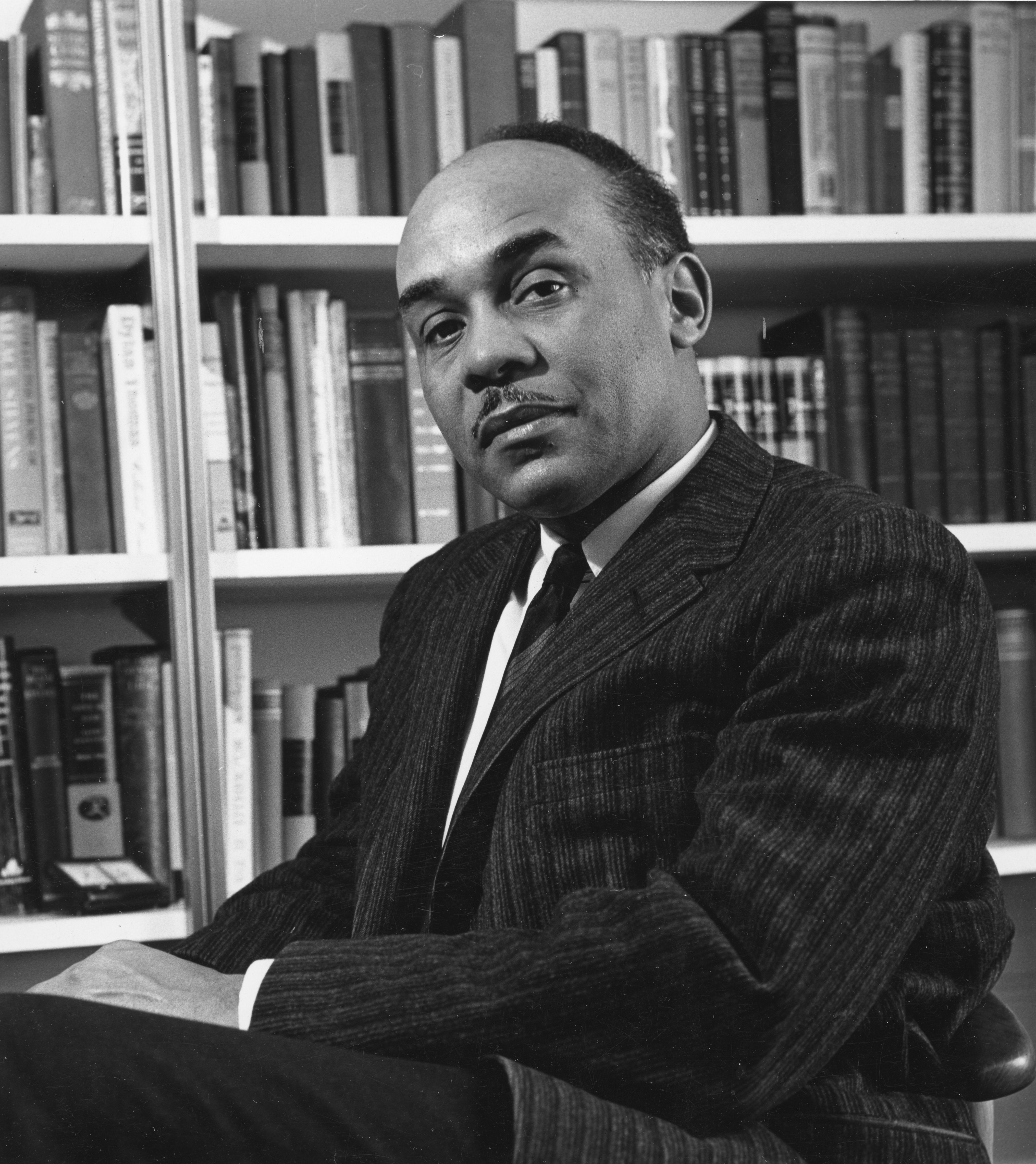

A number of Southern writers, influenced by Faulkner, focused on the poor, outcasts, or grotesque characters. Carson McCullers depicted the pain of loneliness in many of her works, including the novel The Member of the Wedding (1946). Flannery O’Connor wrote about strange characters and disturbed behavior that nevertheless reflected spiritual yearning. Her brilliant short stories were published in such collections as A Good Man Is Hard to Find (1955). The poet and novelist Alice Walker told the story of a Southern Black woman in her novel The Color Purple (1982). Other notable Southern writers include Walker Percy and Eudora Welty.
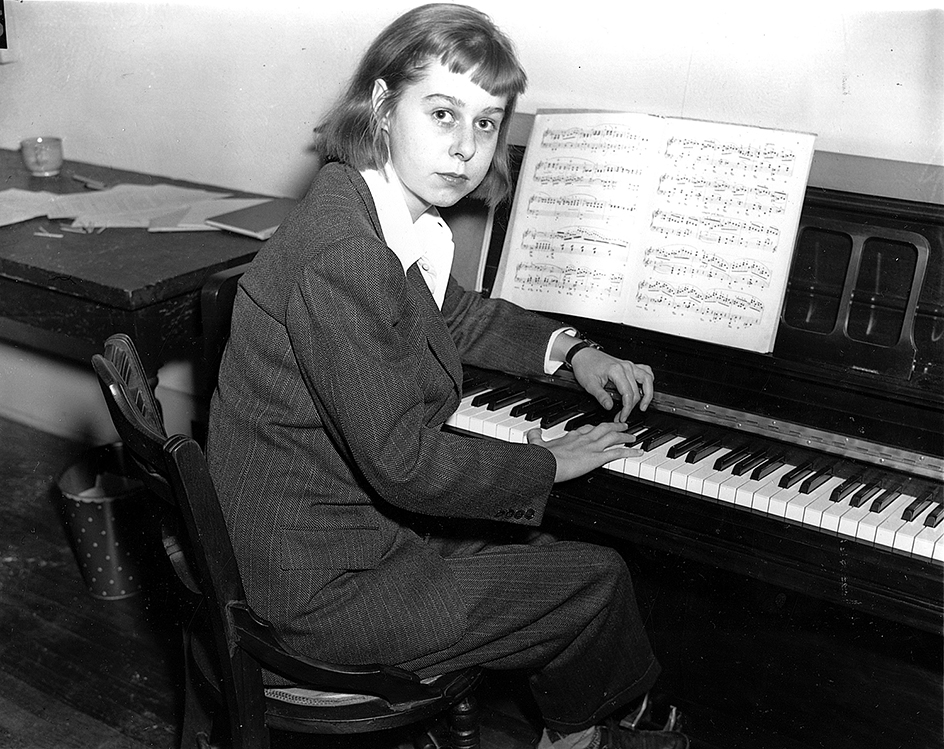
Many postwar writers, such as Henry Miller and Gore Vidal, became known for their use of sexually explicit material. Lolita (1955), a controversial novel by the Russian-born Vladimir Nabokov, concerns an affair between a 12-year-old girl and an older man. John Updike examined the materialism of middle-class American life in many novels and short stories. He achieved fame for his realistic accounts of marital infidelity in Couples (1968) and in his four-volume “Rabbit” series (1960-1990). Philip Roth wrote biting satires that often focus on Jewish family life, notably Portnoy’s Complaint (1969), which became controversial for its graphic sexual content.
Postwar novelists tried to express American experiences through the natural voices of colorful leading characters. Much of Saul Bellow’s fiction, such as The Adventures of Augie March (1953), features exuberant narration by such characters. The Beat novelist Jack Kerouac’s On the Road (1957) tells of young men who rebel against the boredom and pointlessness they saw in daily life as they wandered across the United States in a search for meaning. Kerouac’s strongly rhythmic flow of words creates an impression of spontaneity and improvisation, like that in jazz. In contrast, Raymond Carver used a blunt, realistic style in his moving short stories about lower-class characters.
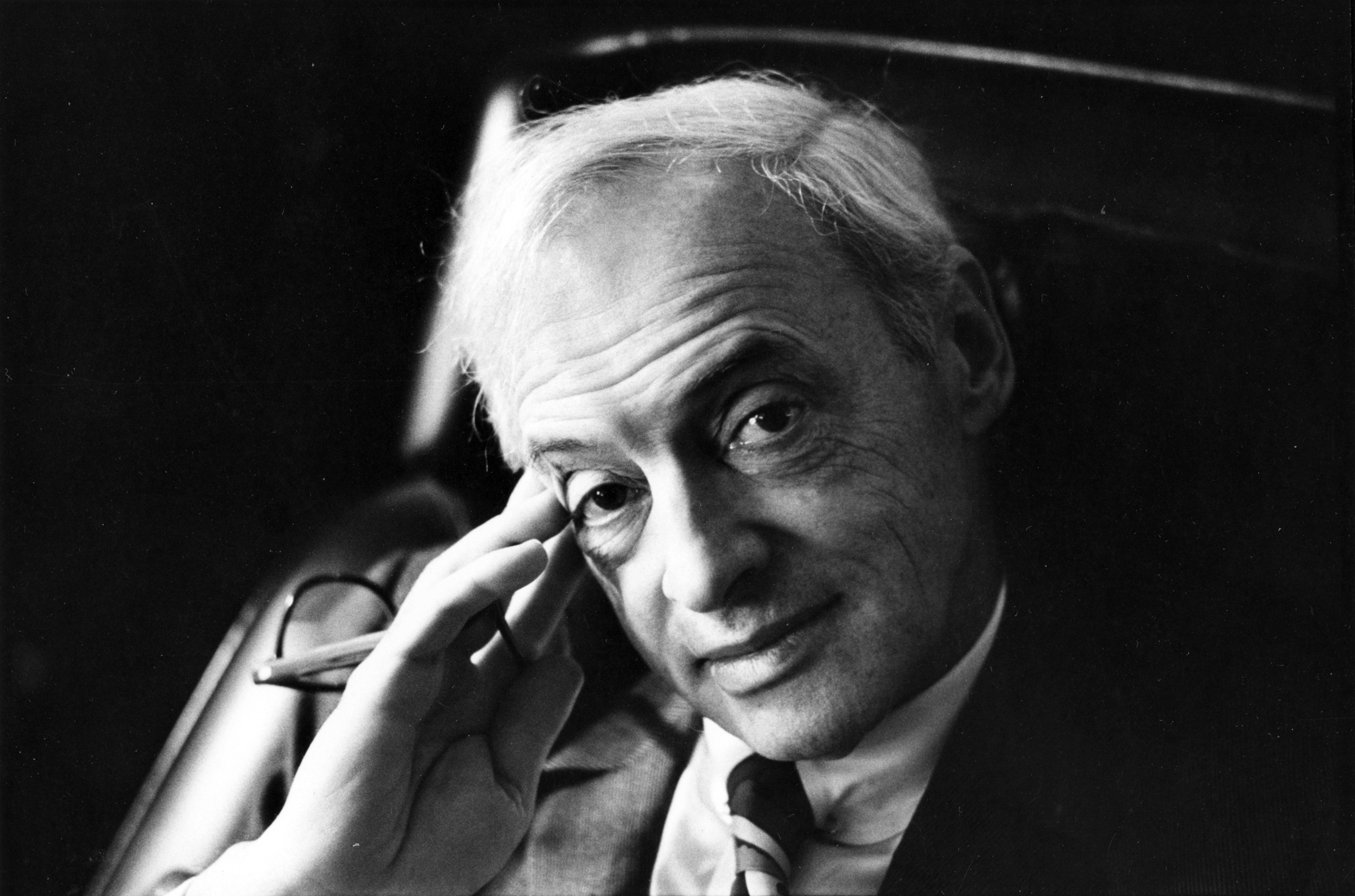
Cormac McCarthy described the often harsh and violent, but darkly comic, world of the Old West in his “Border Crossing” trilogy—All the Pretty Horses (1992), The Crossing (1994), and Cities of the Plain (1998). Don DeLillo often interweaves historical facts with fictional characters in his novels. His themes include mass culture, the excesses of materialism and consumption, and politics in American society. His notable novels include White Noise (1985) and Underworld (1997).
Experimental styles.
The stylistic experiments of the Modernists opened the way for the Postmodernists of the 1960’s and 1970’s. Postmodern fiction is sometimes written in a style called self-reflexive that calls attention to the act of writing itself. For example, it may comment on or even argue with itself, address or mock the reader, or include the author as a character in the story. Short fiction by Robert Coover and Donald Barthelme has been especially influential in this style. William S. Burroughs used what he called the “cut-up method,” which involved physically clipping and pasting together random pieces of prose.
Postmodern fiction often concerns themes of madness and conspiracy. Ken Kesey’s One Flew Over the Cuckoo’s Nest (1962) uses a mental hospital and a confidence-man hero as symbols of modern America society. Thomas Pynchon’s Gravity’s Rainbow (1973) is a nightmarish reimagining of the end of World War II, with heavy undertones of confusion and paranoia. Kurt Vonnegut’s Slaughterhouse-Five (1969) uses time travel and dark humor to express the stress of wartime experiences and their aftermath.
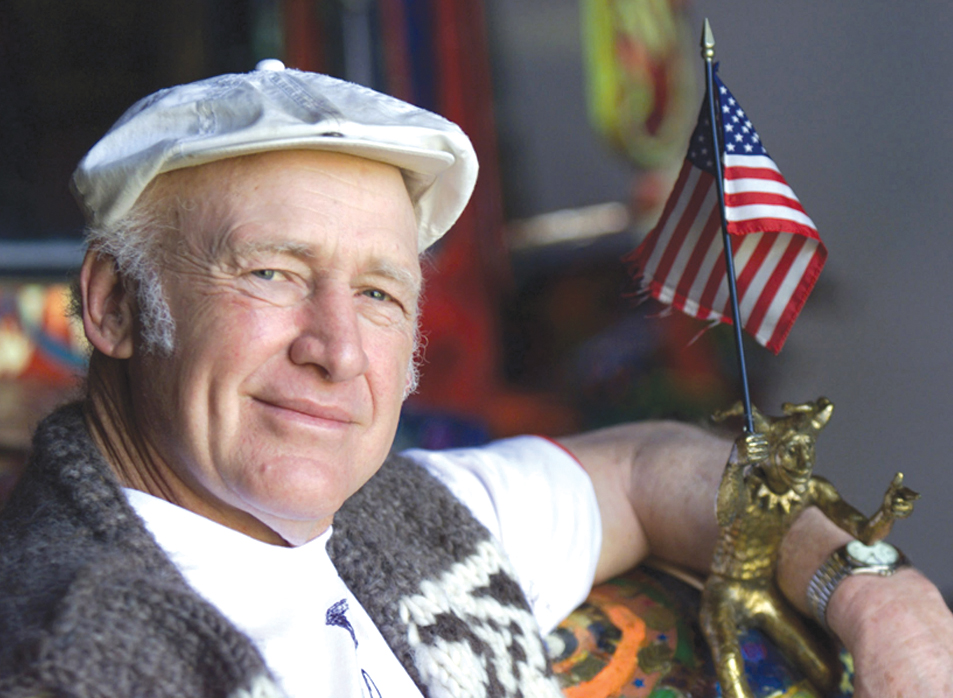
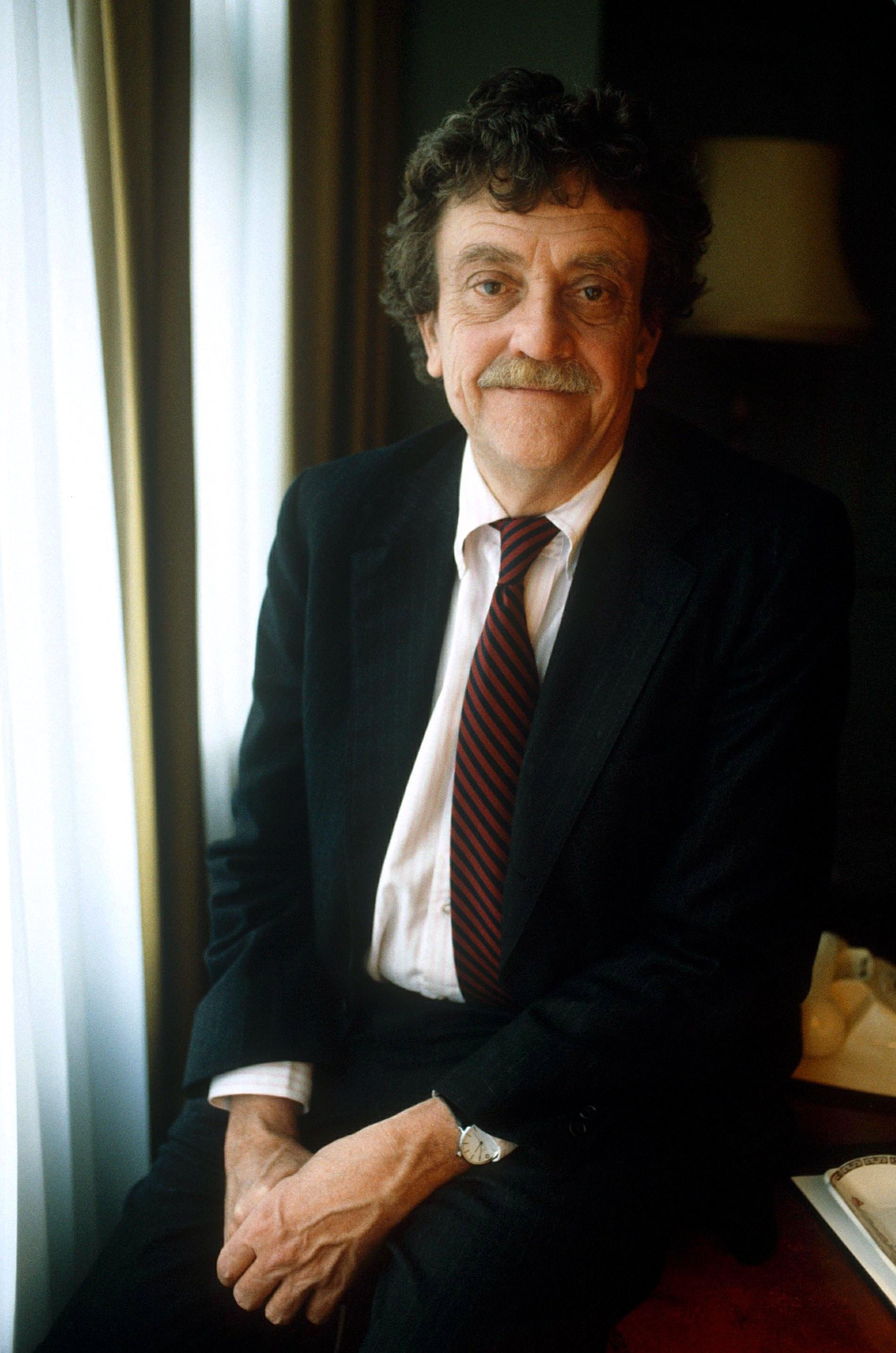
Authors used experimental styles to describe experiences of racism in the United States. In Mumbo Jumbo (1972) and other works, the Black writer Ishmael Reed drew a satiric and disorienting picture of race relations and other aspects of modern life.
N. Scott Momaday, of Kiowa and Cherokee ancestry, used various modern narrative techniques in House Made of Dawn (1968). The novel is the story of an alienated Native American veteran of World War II. Ceremony (1977) by Pueblo novelist Leslie Marmon Silko tells about another Native American World War II veteran. Torn by conflict between ancient Native American ways and the modern white world, he is gradually healed by Pueblo ritual.
By the 1980’s, Toni Morrison was recognized as one of the most significant American novelists since World War II. She crafted a powerful and unique interior voice for her novels, especially Sula (1973) and Beloved (1987). These works feature strong African American women. The influence of her work on other American writers and on readers has been tremendous. She received the Nobel Prize in literature in 1993.
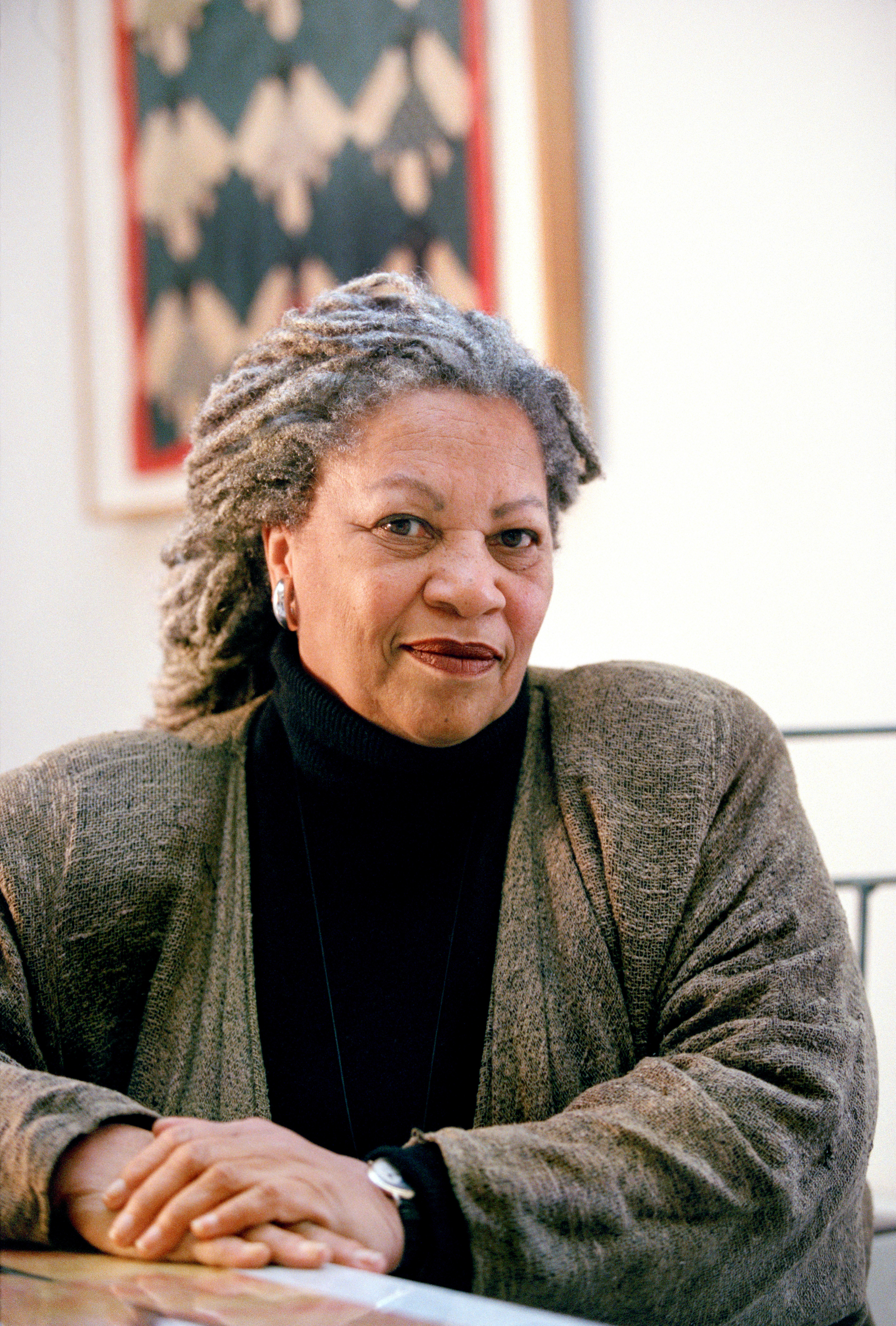
Maxine Hong Kingston’s The Woman Warrior (1976) blends fiction with fact to express the complex experience of growing up as a Chinese-American woman. Amy Tan also addressed the lives of Chinese-American families in The Joy Luck Club (1989). In the 1980’s, Sandra Cisneros emerged as a pioneer writer of Chicano themes. A Chicano or Chicana is a male or female, respectively, of Mexican heritage who was born in the United States or who identifies with that group. Her novel The House on Mango Street (1984) deals with questions about identity and belonging.
Popular genres.
Many writers continued to work in the established patterns of popular fiction. Louis L’Amour wrote many Western novels and short stories that sold millions of copies. The hard-boiled detective story style continued in Elmore Leonard’s novels, which combine dark humor, lively prose, and quirky characters. Science fiction flourished in the imaginative works of Isaac Asimov, Octavia Butler, Philip K. Dick, and Ursula K. Le Guin. Stephen King became the most successful writer of horror fiction.
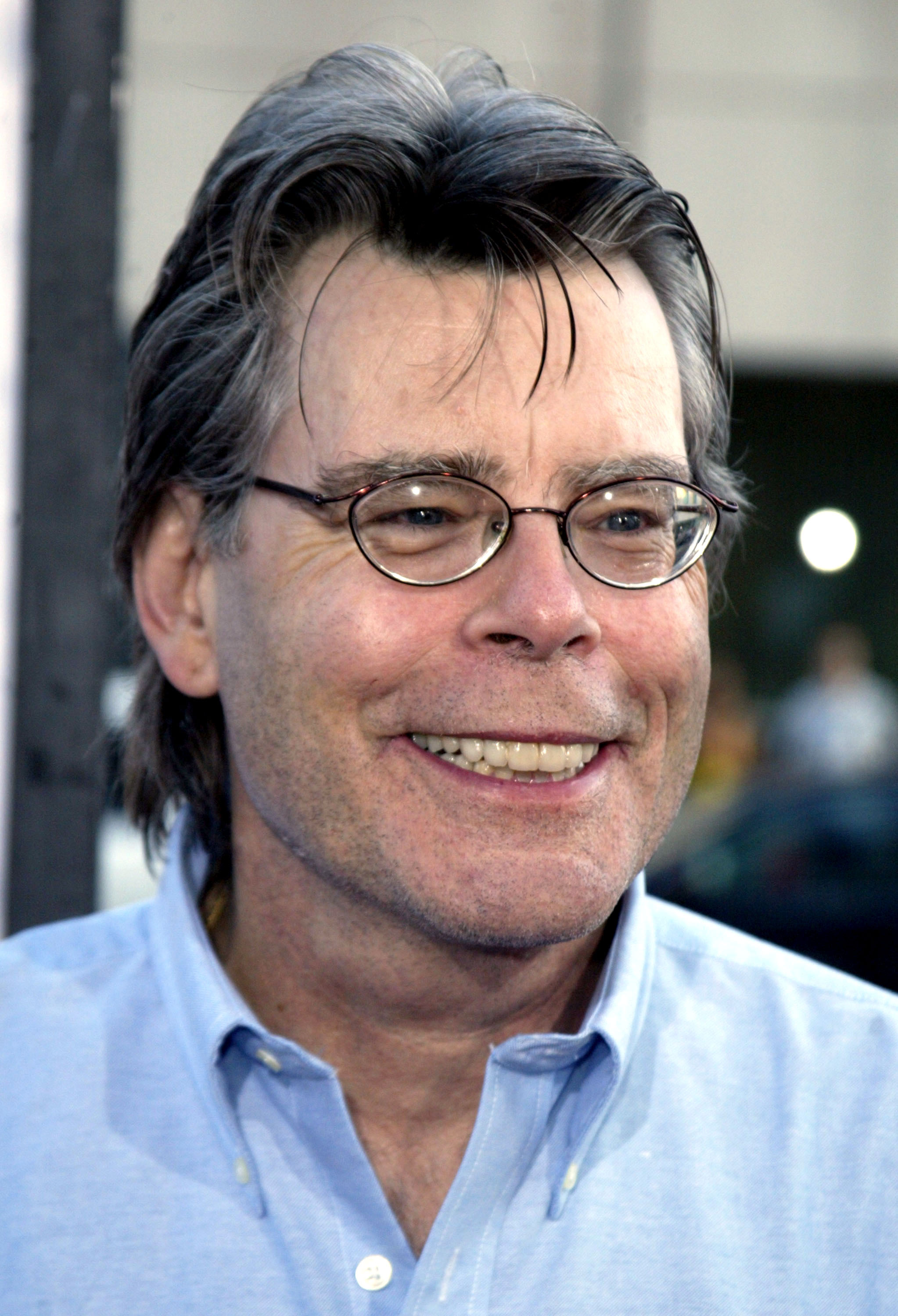
Nonfiction prose.
The “New Journalism” of the 1960’s and 1970’s promoted the reporting of facts with a narrative voice more common to works of fiction. Tom Wolfe used an exuberant, inventive, and often satiric style to report on popular culture in such works as The Electric Kool-Aid Acid Test (1968). Truman Capote’s In Cold Blood (1965) employs powerful narrative skills to tell the story of the brutal murder of a family in Kansas. Joan Didion wrote sharp, observant essays about modern life, especially in California. Many of her essays were collected in Slouching Towards Bethlehem (1968) and The White Album (1979).
The civil rights movement of the 1960’s inspired a number of important works of literary nonfiction. The most famous include Martin Luther King, Jr.’s “Letter from Birmingham Jail” (1963) and The Autobiography of Malcolm X (1965, edited by Alex Haley). James Baldwin established himself as one of America’s leading essayists with his forceful writings of cultural criticism in Notes of a Native Son (1955) and other collections. Baldwin was also an outstanding fiction writer.
Among other notable nonfiction writers of the time, Susan Sontag stands out for her expert writing on a variety of subjects, such as photography, war, AIDS, art, and politics. Sontag’s best-known books include Against Interpretation (1966) and Illness as Metaphor (1978). Annie Dillard’s wide-ranging observations on religion, philosophy, and natural history were published in Pilgrim at Tinker Creek (1974). Edward Abbey earned praise as a nature writer with such works as Desert Solitaire (1968). John McPhee was influential for his writings on the geological history of America in such works as Basin and Range (1981).
Drama.
The leading playwrights after World War II included Tennessee Williams and Arthur Miller. Williams’s dramas often show a conflict between sensitive individuals and the brutality and coarseness of modern life. This theme appears in two of his best-known plays, A Streetcar Named Desire (1947) and Cat on a Hot Tin Roof (1955). Miller’s Death of a Salesman (1949) lends tragic dignity to the anguish of Willy Loman, a traveling salesman. Loman is destroyed by accepting popularity and material success as the highest values in life. In The Crucible (1953), Miller used the Salem Witch Trials of the 1600’s in colonial America as a metaphor for government anti-Communist investigations of the 1950’s. 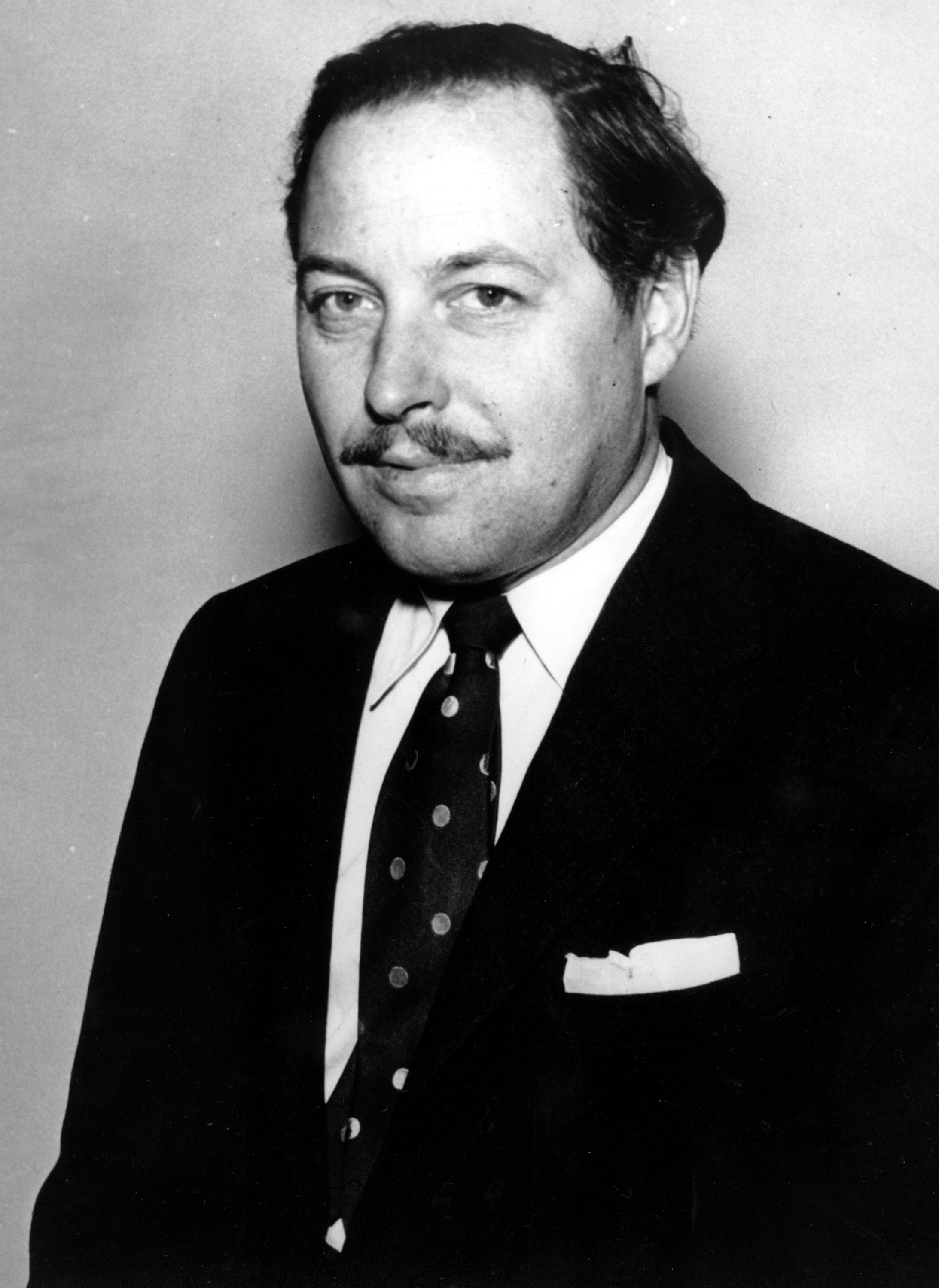
Edward Albee became one of the leading American playwrights of his generation. Albee adapted the style of the Theater of the Absurd in plays that probed social and personal problems, such as The Zoo Story (1959). Theater of the Absurd was a largely European drama movement of the 1950’s and 1960’s that stressed the absurdity and lack of meaning the playwrights saw in modern life. Albee’s Who’s Afraid of Virginia Woolf? (1962) explores with biting wit how love and cruelty are entangled within marital relationships.
Lorraine Hansberry’s A Raisin in the Sun (1959) realistically portrays a Black family living in Chicago who decide to move to an all-white neighborhood. They must find the courage to resist racism in society and claim the right to realize their hopes. August Wilson became famous for his cycle of 10 plays about African American life, one for each decade of the 1900’s. Wilson set most of the plays in a Black neighborhood in Pittsburgh, Pennsylvania. The best-known plays in the cycle are Fences (1985) and The Piano Lesson (1987). 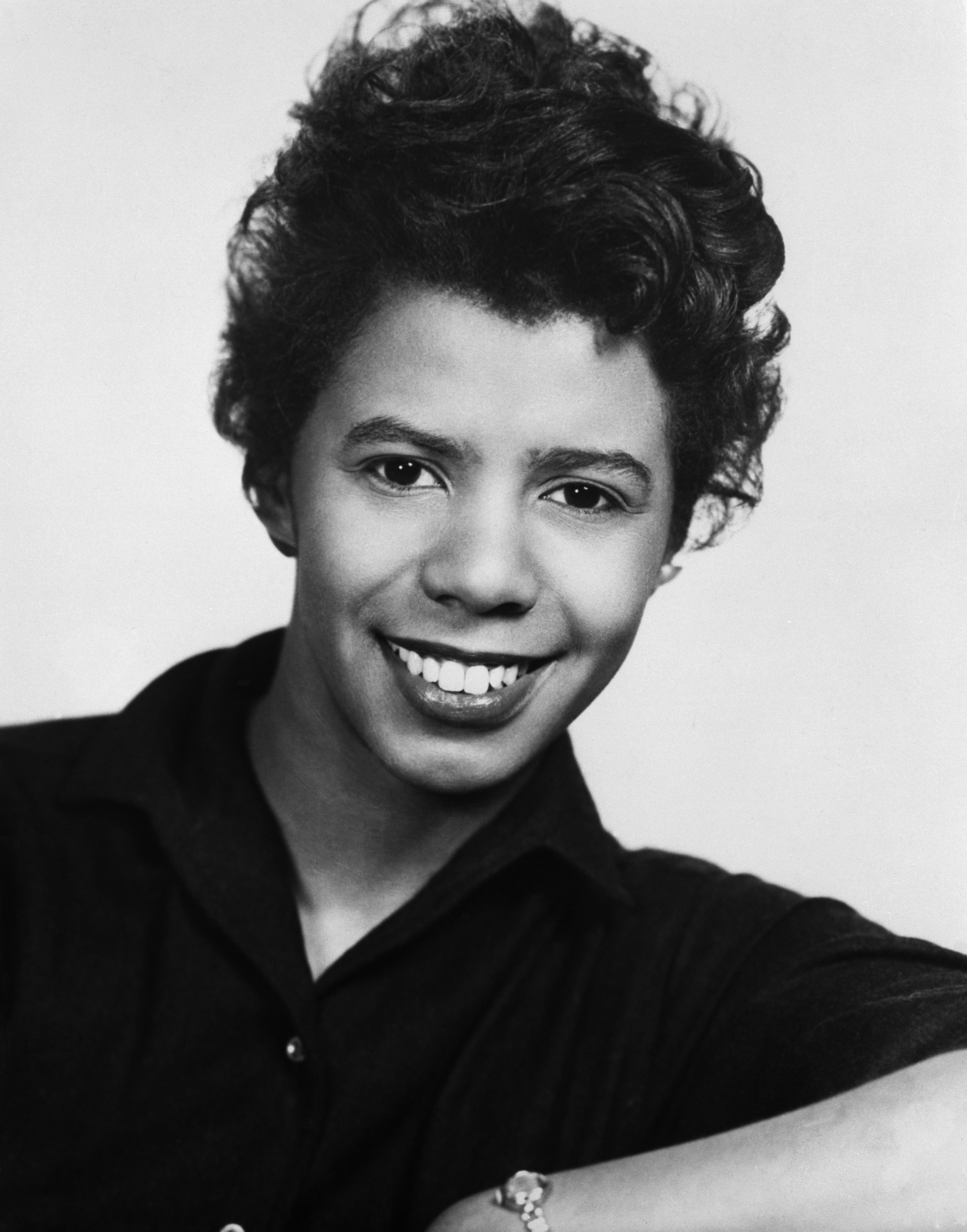
Sam Shepard’s long career as a playwright began with experimental works in the 1960’s and 1970’s. His Buried Child (1978) cemented his reputation with its dark portrayal of family relations in the modern West. David Mamet became a star in American drama in the 1980’s with plays noted for their vigorous, explosive, and often profane dialogue. His best-known dramas include Glengarry Glen Ross (1984) and Speed-the-Plow (1988).
Recent American literature
The early 2000’s became a time of concern and anxiety in American society. Such subjects as terrorism, nationalism, and political and economic instability were reflected in American literature. Many works have featured a tension between a national past and a global future.
Poetry.
Much poetry since the late 1900’s has been political in content. The poets have often dealt with issues of identity, whether personal or within a community. For example, Li-Young Lee, whose family was exiled from China, produced carefully crafted poems of great emotional depth. Lee wrote about his life and spiritual insights in Book of My Nights (2001).
Jimmy Santiago Baca, a poet of Apache and Chicano descent, was abandoned as a child and served several years in prison as a young man. His poems express spiritual triumph over adversity in richly lyric language. Winter Poems Along the Rio Grande (2004) celebrates nature in the area along the U.S. border with Mexico and Baca’s later life and dreams. In 2015, Juan Felipe Herrera became the first Chicano poet laureate of the United States. Herrera described the Chicano experience in his poems, especially those collected in Half the World in Light (2008).
African American voices and experiences are central to American poetry of the 2000’s. Such poets as Rita Dove, Amanda Gorman, Tracy K. Smith, and Kevin Young have become prominent forces shaping the current direction of American poetry. Major contemporary works include Jamaican-born Claudia Rankine’s Citizen: An American Lyric (2014) and Terrance Hayes’s How to Be Drawn (2015). 
Literary critics of the early 2000’s have increasingly considered popular lyricists as major contributors to American poetry. Bob Dylan was awarded the Nobel Prize for literature in 2017 for the poetic expressions of his songs. Hip-hop music has produced a number of gifted lyricists, including Jay-Z and Kanye West.
Prominent poets also include Joy Harjo, a member of the Muskogee Creek Nation, who in 2019 became the first Native American to serve as poet laureate of the United States. In addition to writing her own forceful, intimate poetry, Harjo has edited several anthologies of Native American literature. In 2020, Louise Glück won a Nobel Prize for literature, honoring her highly personal poems that make individual experience universal.
Fiction.
The Postmodern movement continued to influence American novels and short stories. Paul Auster was recognized for narratives, including 4321 (2017), that feature the unstable identities of leading characters and strange coincidences. David Foster Wallace’s long novel Infinite Jest (1996) is set in the near future and addresses issues of terrorism and substance abuse in a shifting style that includes many footnotes.
Much critically acclaimed fiction combined traditional literary fiction with genre fiction. Walter Mosley gained popularity for detective fiction centered on an African American named Easy Rawlins living in Los Angeles, California, during the 1940’s. Rawlins first appeared in Devil in a Blue Dress (1990). Michael Chabon and Colson Whitehead included themes and plot devices common in science fiction, such as alternative history and murderous zombies. Whitehead’s diverse works also include The Nickel Boys (2019) and other historical fiction, crime fiction, essays, and nonfiction histories. 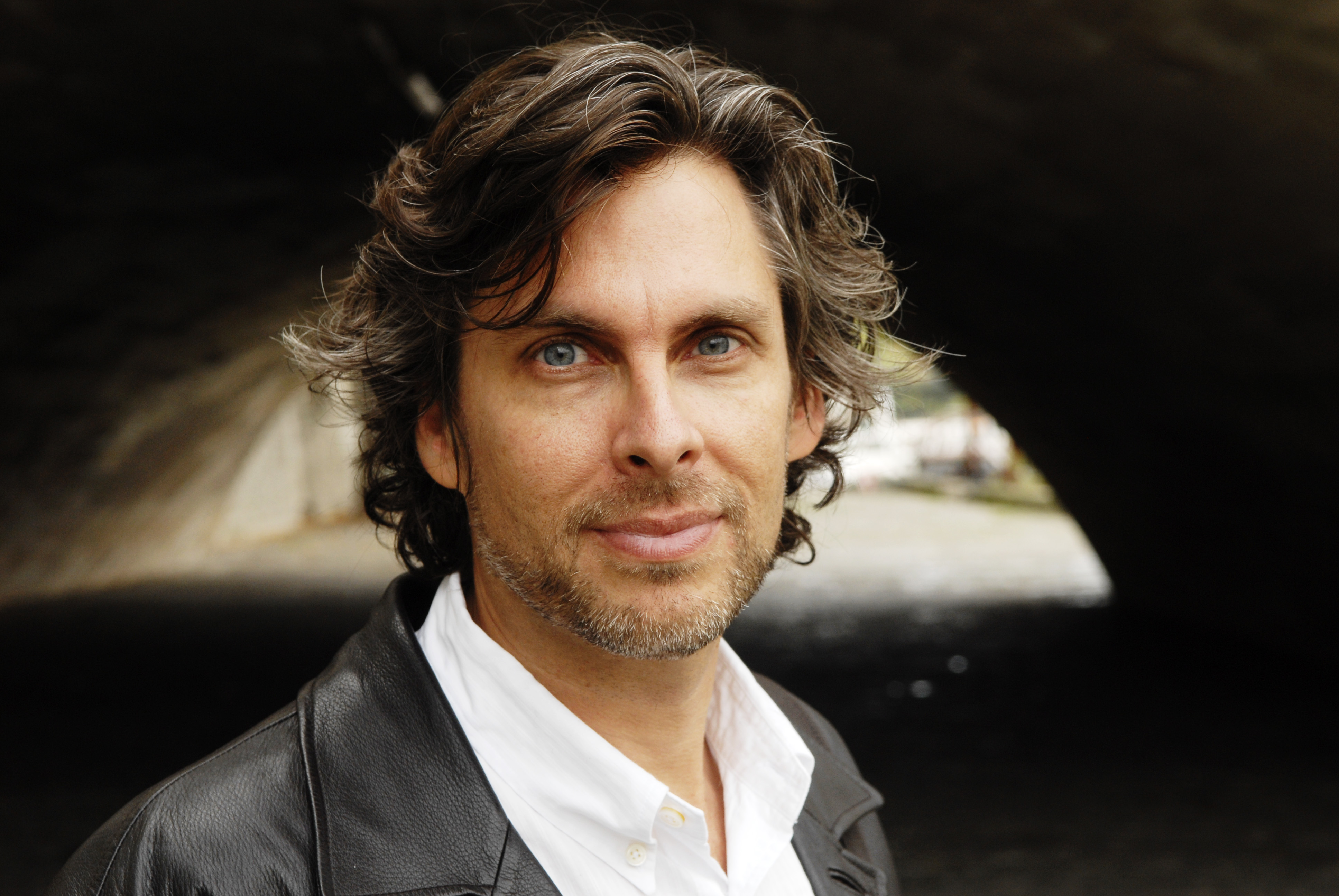
A number of writers gained praise with diverse styles and perspectives that had previously received little attention. Junot Díaz wrote absorbing stories about the lives of immigrants from the Dominican Republic, especially in his novel The Brief Wondrous Life of Oscar Wao (2007). Edwidge Danticat, a Haitian-American author, wrote powerfully about the immigrant experience, as well as about the relationships between mothers and daughters. Louise Erdrich drew upon Chippewa culture in The Night Watchman (2020) and other novels that explore problems facing Native Americans in the modern world. 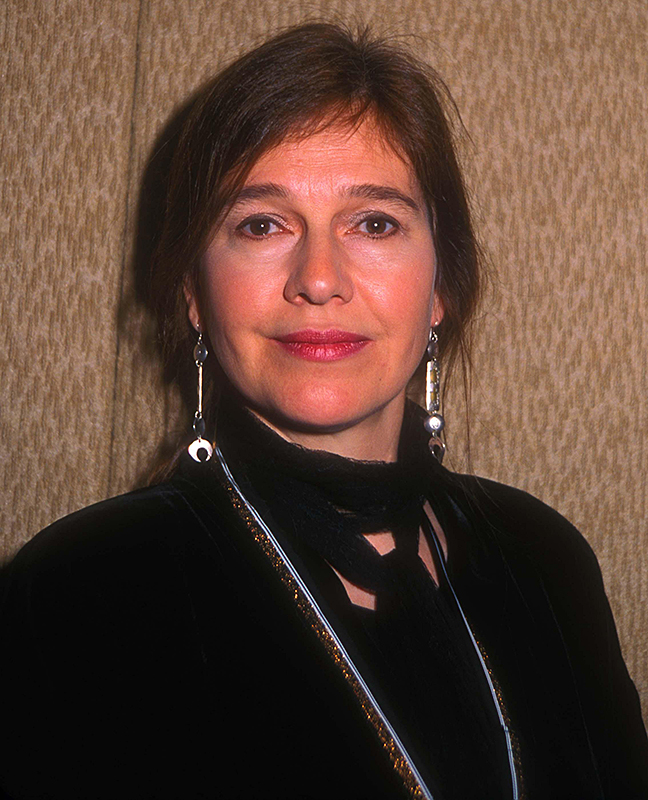
Graphic novels emerged as a notable segment of American fiction. A graphic novel combines lengthy narrative with comic-book-style illustrations. Leading graphic novelists include Alison Bechdel, Art Spiegelman, and Chris Ware. 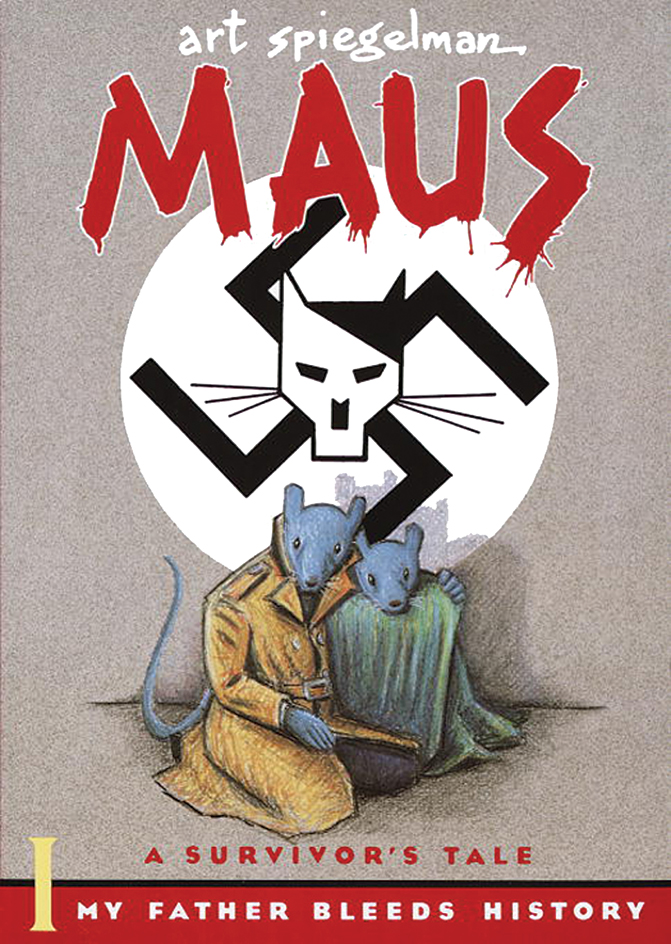
Nonfiction prose.
The status of literary nonfiction, especially essays, rose considerably during the early 2000’s. Phillip Lopate’s personal essays, published in Portrait Inside My Head (2013) and other collections, became influential. David Sedaris became known for his humorous short personal essays. David Shields analyzed the state of modern literature in Reality Hunger (2010). John D’Agata discussed the idea of conflict between truth and accuracy in literary nonfiction in The Lifespan of a Fact (2012).
Much of the leading nonfiction of the early 2000’s was related to political activism. In The Will to Change (2004), Gloria Jean Watkins, who wrote under the pen name bell hooks, wrote powerfully about racism and oppression. Rebecca Solnit’s travel writings often focus on the environment. Roxane Gay gained attention with her essays on feminism, such as those in Bad Feminist (2014). Leslie Jamison earned recognition with essays in The Empathy Exams (2014) that explore how to enter into the feelings and motives of other people.
Drama.
New works for the stage in the early 2000’s challenged the beliefs of mainstream society and dealt with previously underrepresented characters. Tony Kushner wrote an early example of the trend in Angels in America (two parts, 1991, 1992). The seven-hour work is an epic about gay characters and the AIDS epidemic. In Topdog/Underdog (2002), Suzan-Lori Parks examined the quarrelsome relationship between two African American brothers who live together. Sarah Ruhl’s plays deal with issues of women’s sexuality. Paula Vogel and Tracy Letts have written powerful accounts of troublesome romantic relationships. The plays of Annie Baker, especially The Flick (2013), are known for their witty conversational dialogue. Lynn Nottage explores women’s lives in such plays as Ruined (2008) and Sweat (2015). Lin-Manuel Miranda gained tremendous success with Broadway musicals, especially Hamilton (2015). This work incorporates hip-hop music and casts nonwhite actors to play the Founding Fathers of the United States. 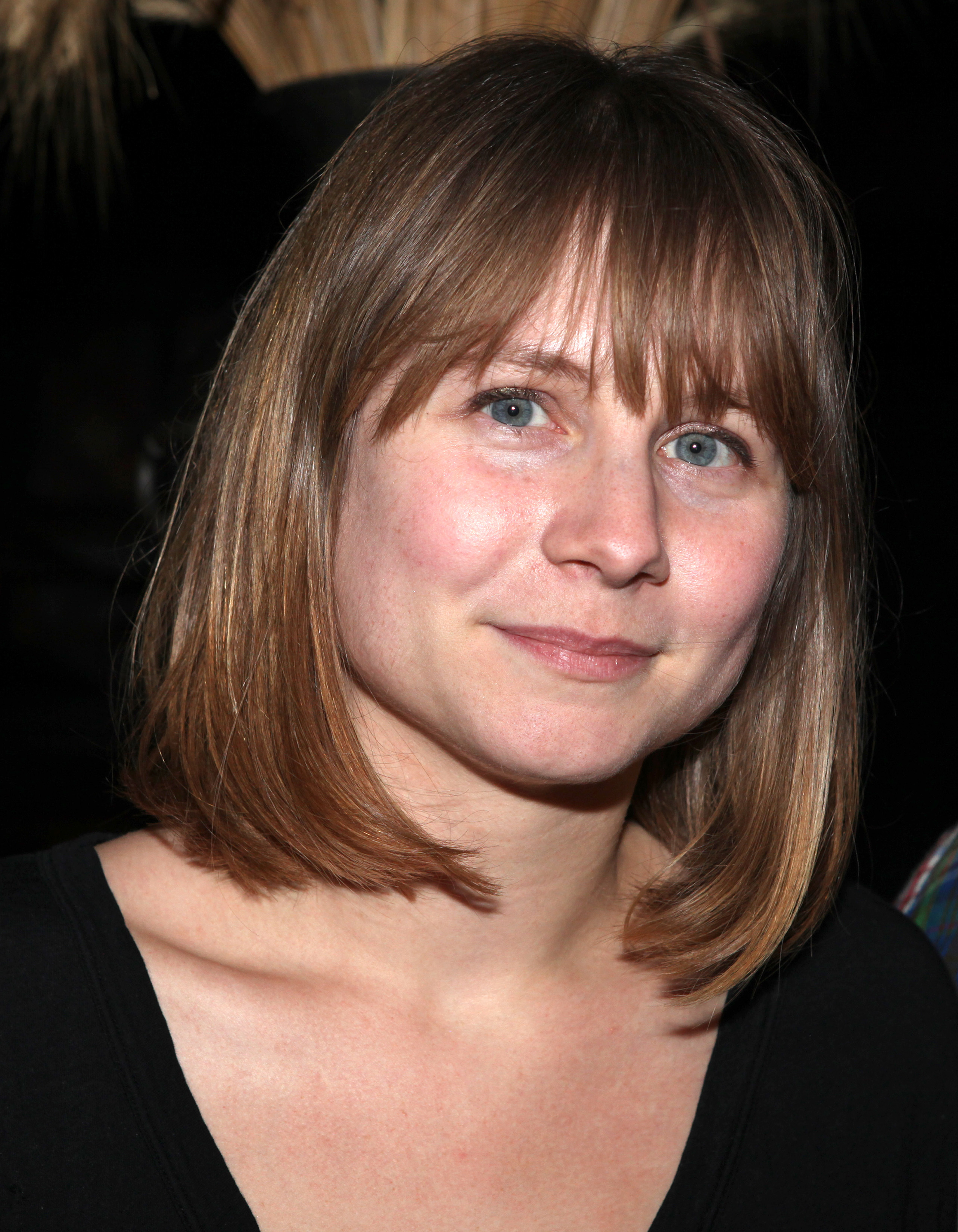
The study of American literature
Starting in the 1920’s, American literature became an accepted field of study in higher education. Scholars wrote histories of American literature. They also designated some books as “classics” of superior value. Some scholars sought common themes that unified and distinguished American literature. These themes included the Puritan origins of the United States, the shared interest in a democratic constitutional government, and the exploration and conquest of frontier lands. Other scholars stressed conflicting themes, such as the individual versus the community, or uneasy relations between different races and ethnic groups.
Today, educators seek to broaden the definition and scope of American literature and to place it in a global setting. They promote the diversity rather than the unity of American literature. Teachers and critics also display greater interest in texts and authors that would have been considered marginal or nontraditional in the past.
